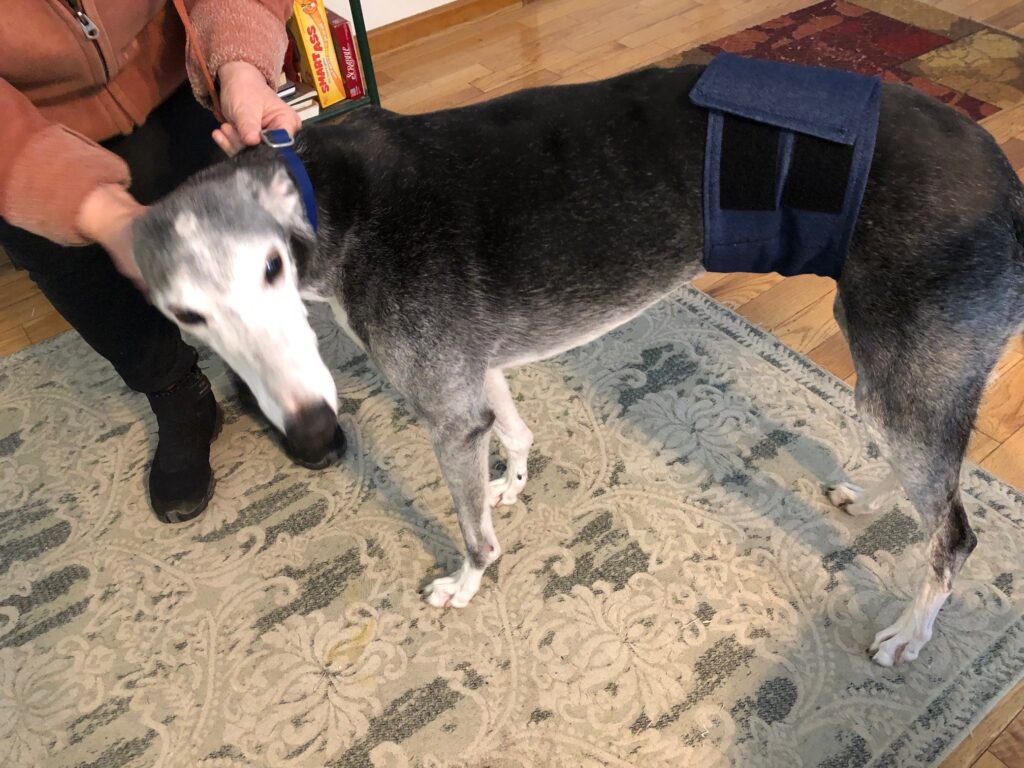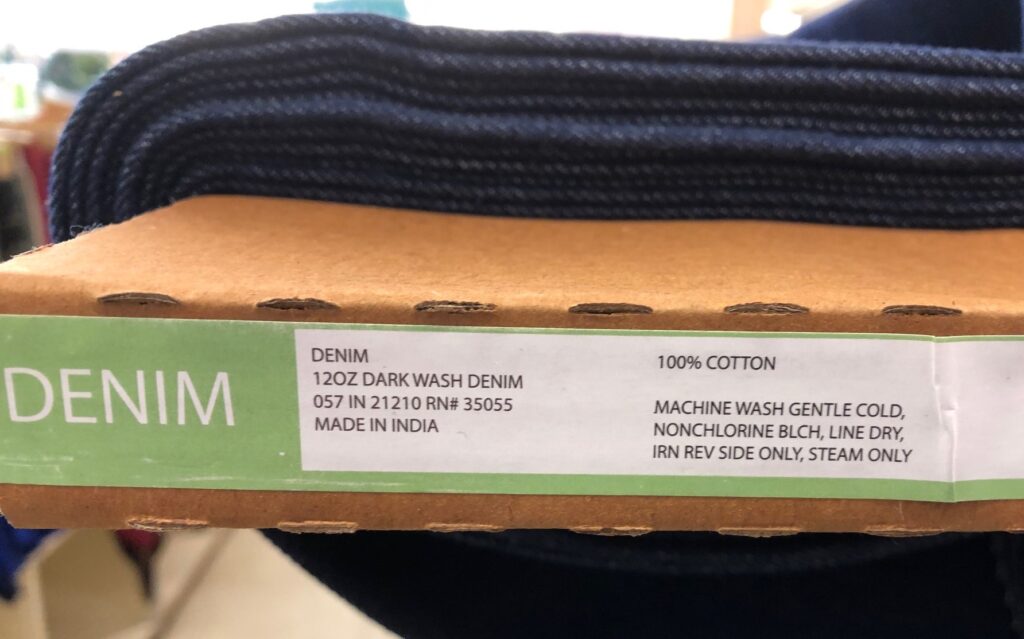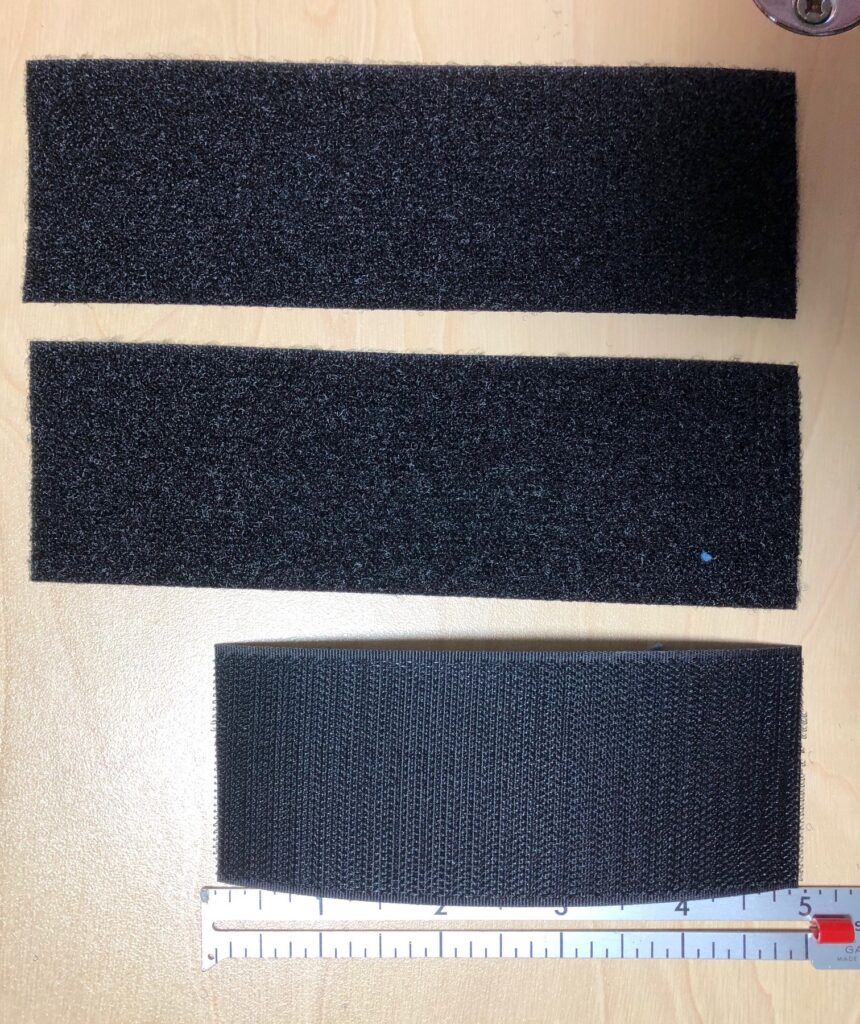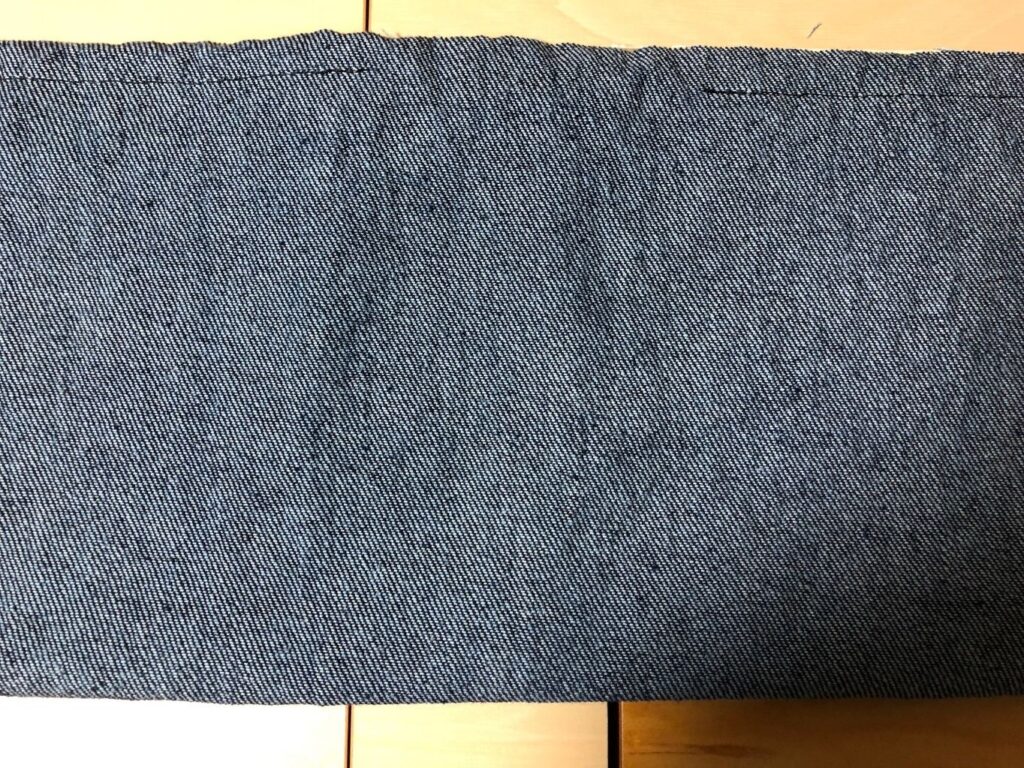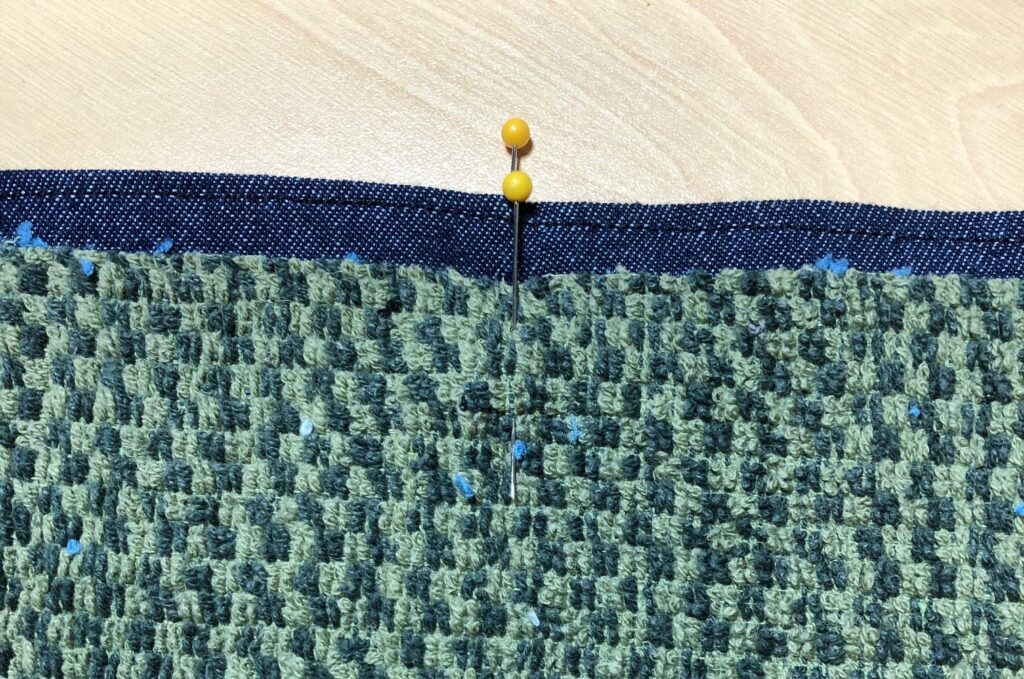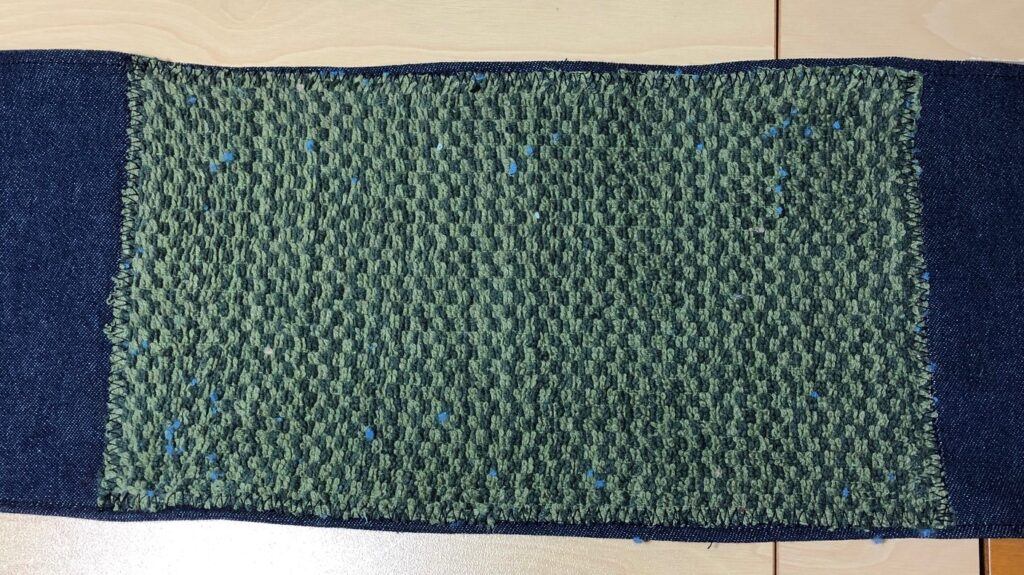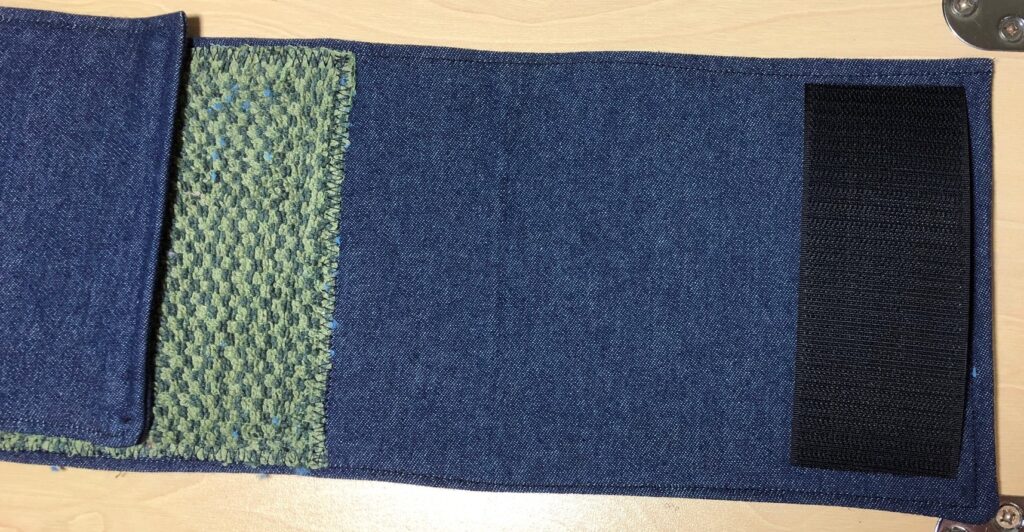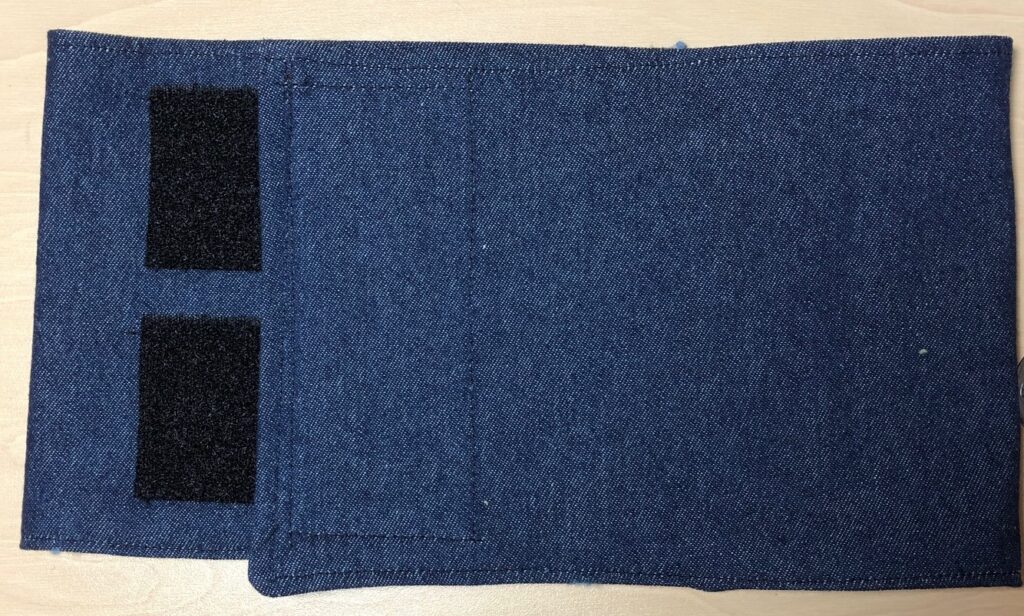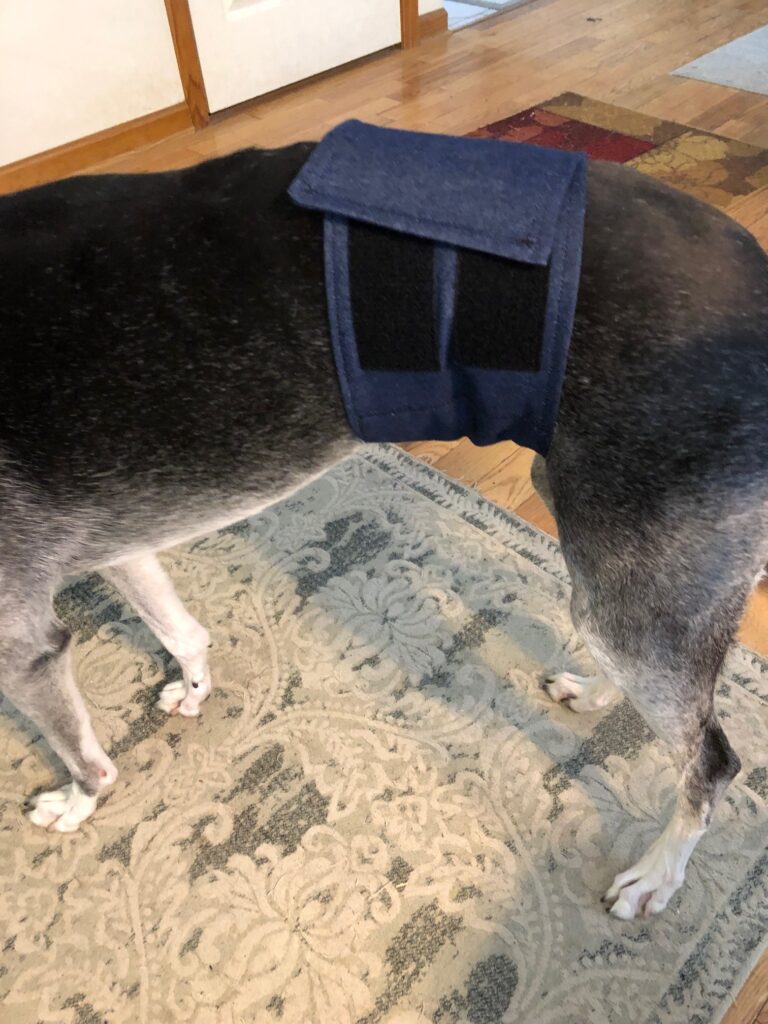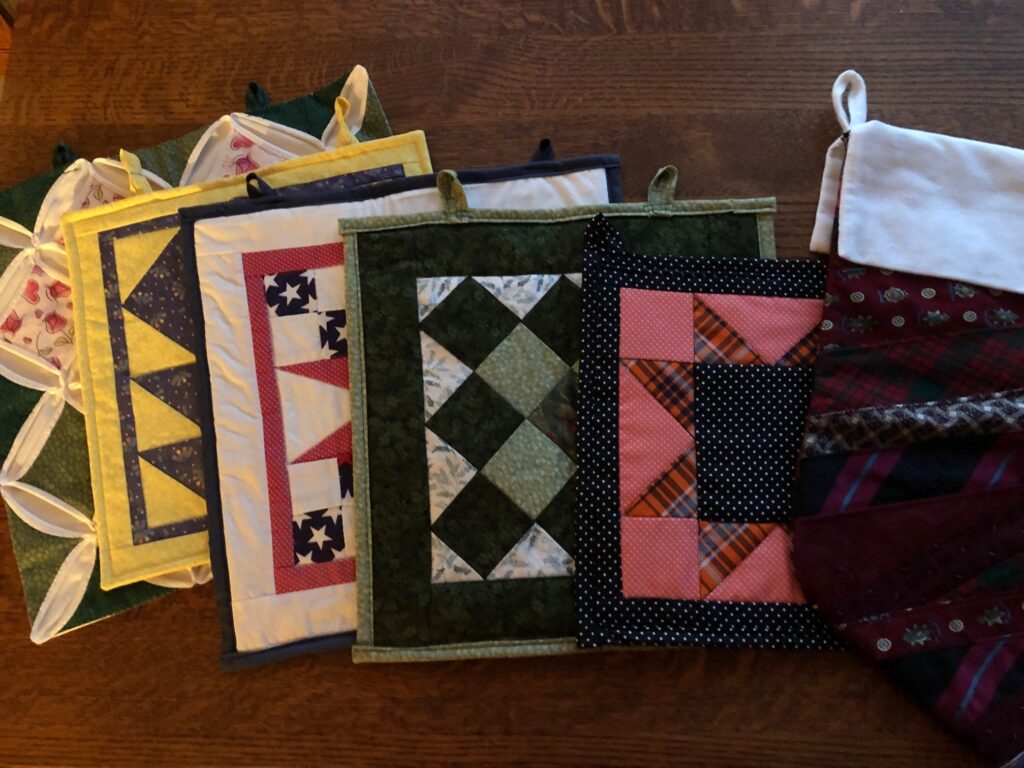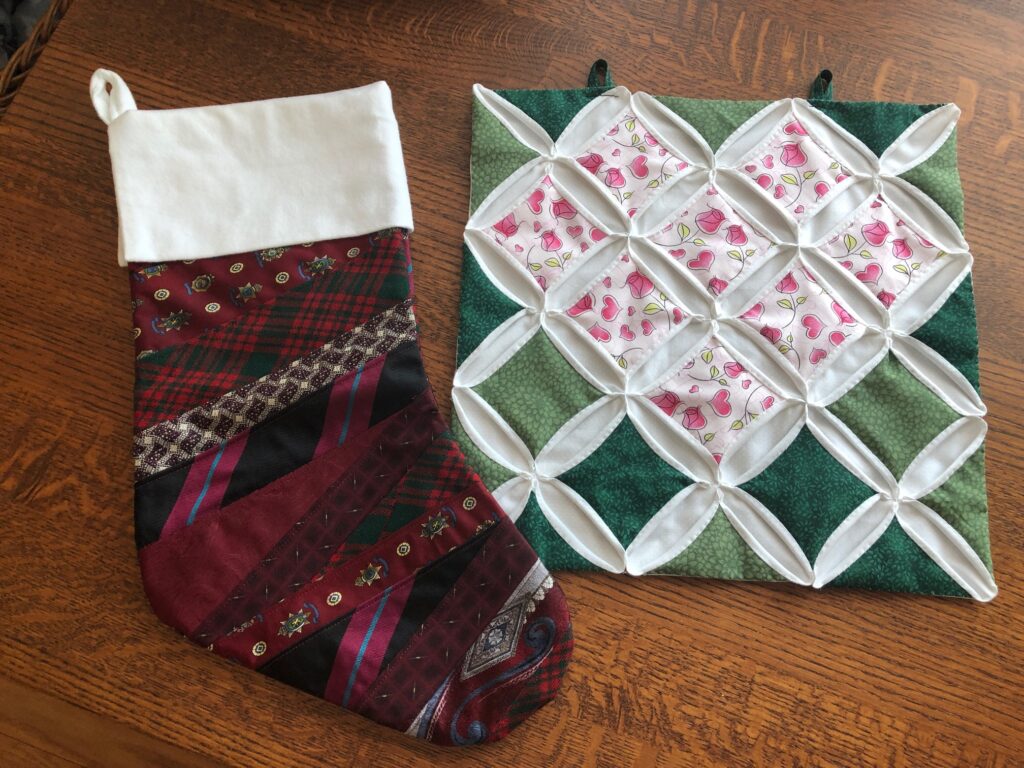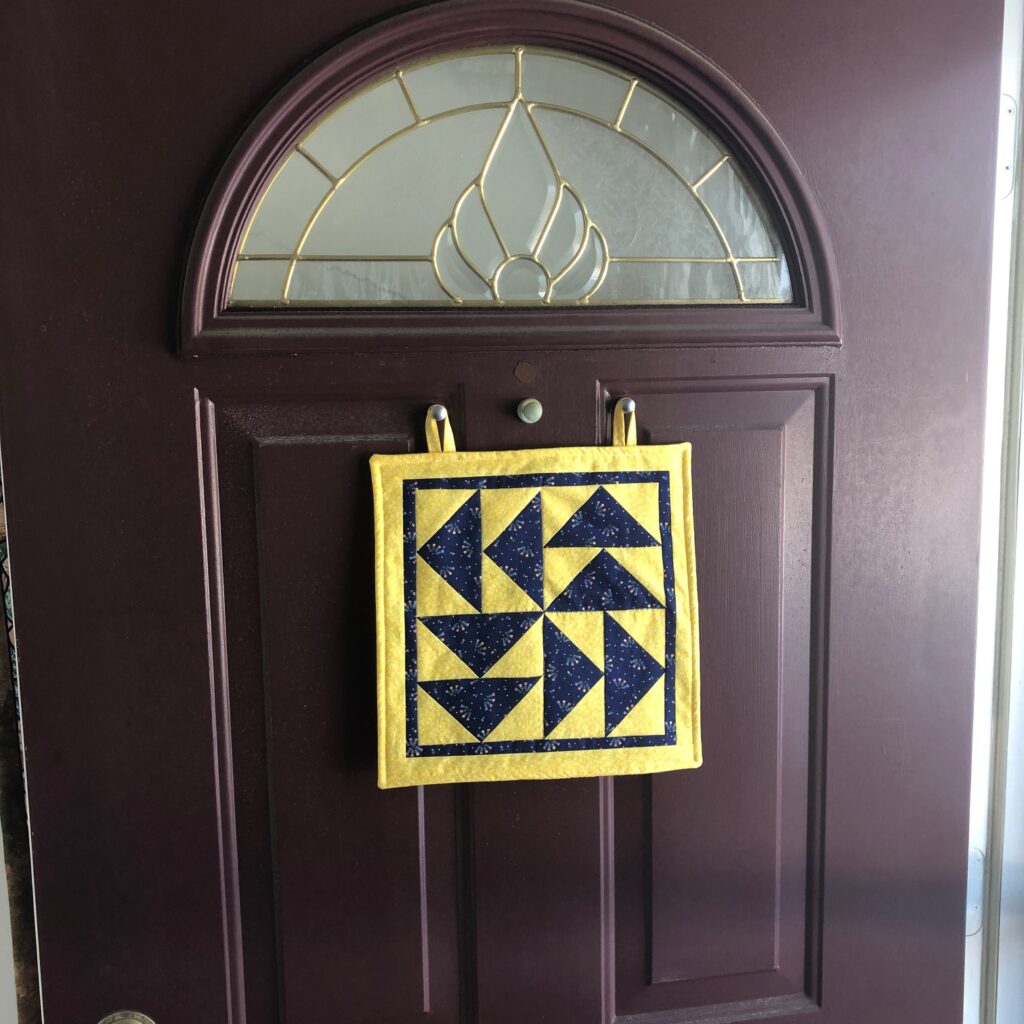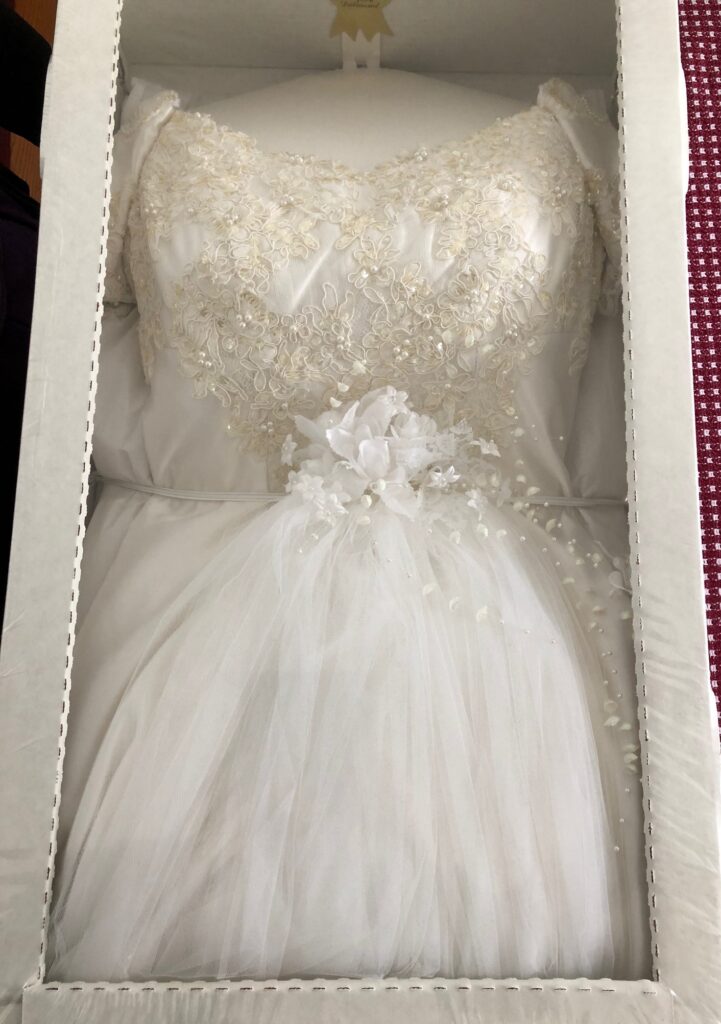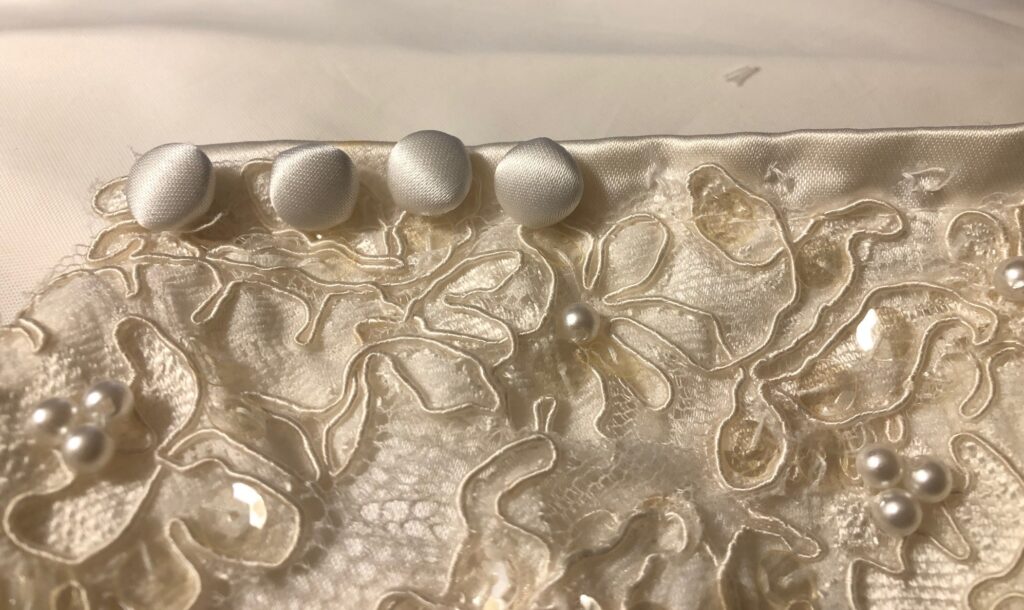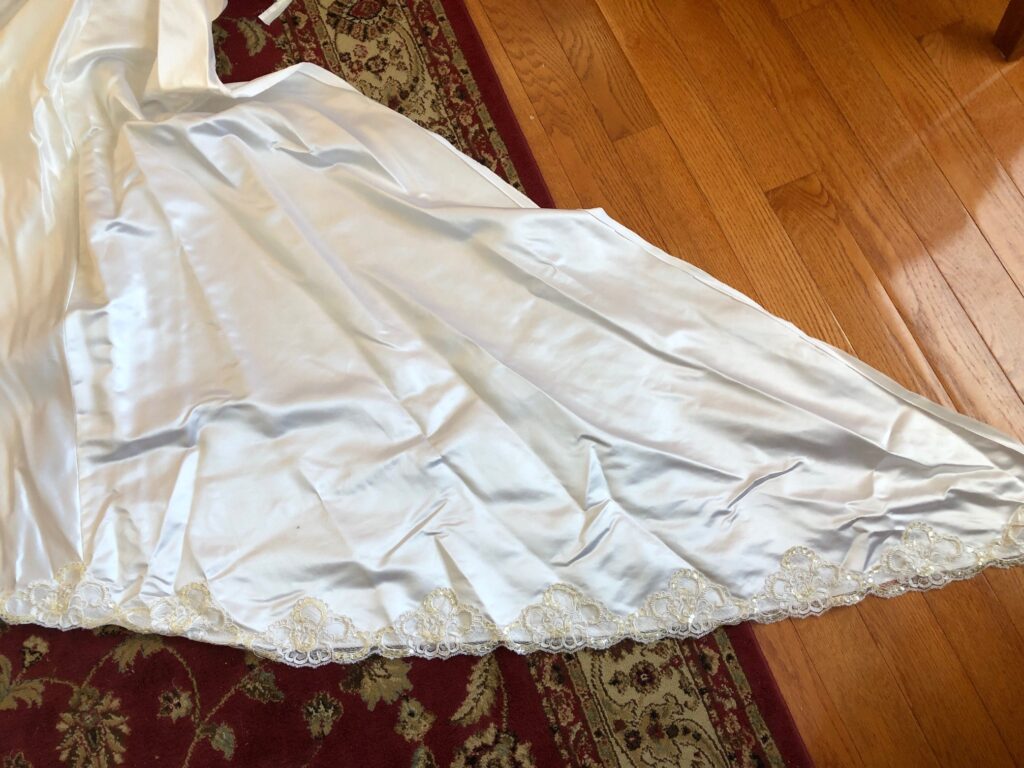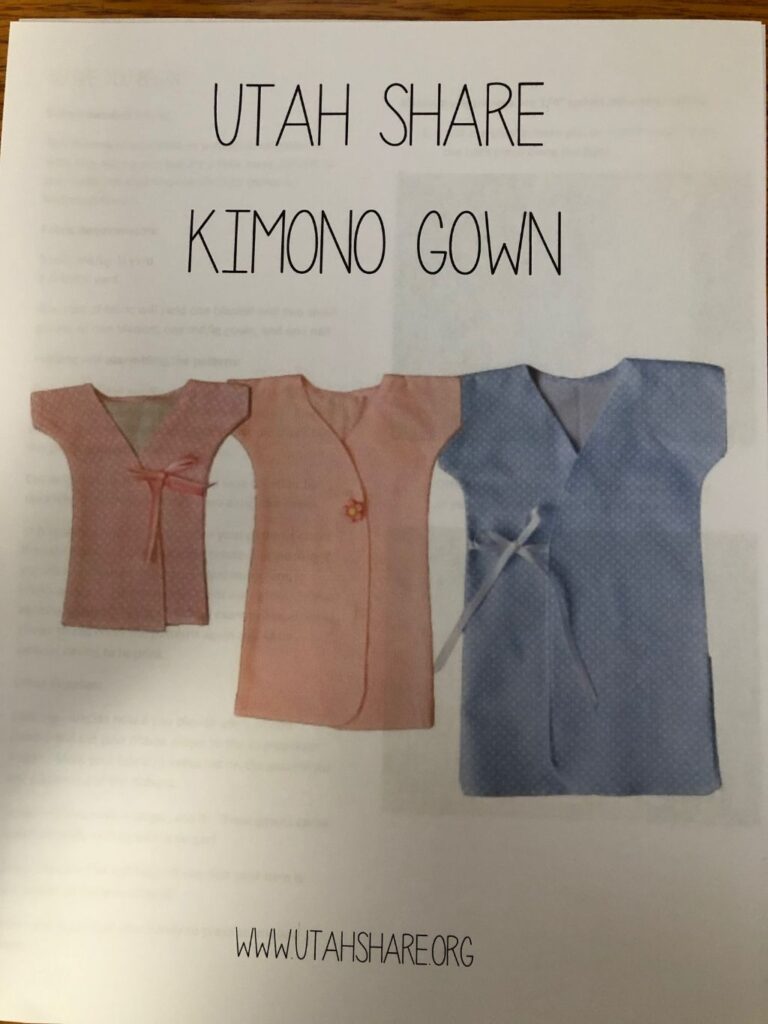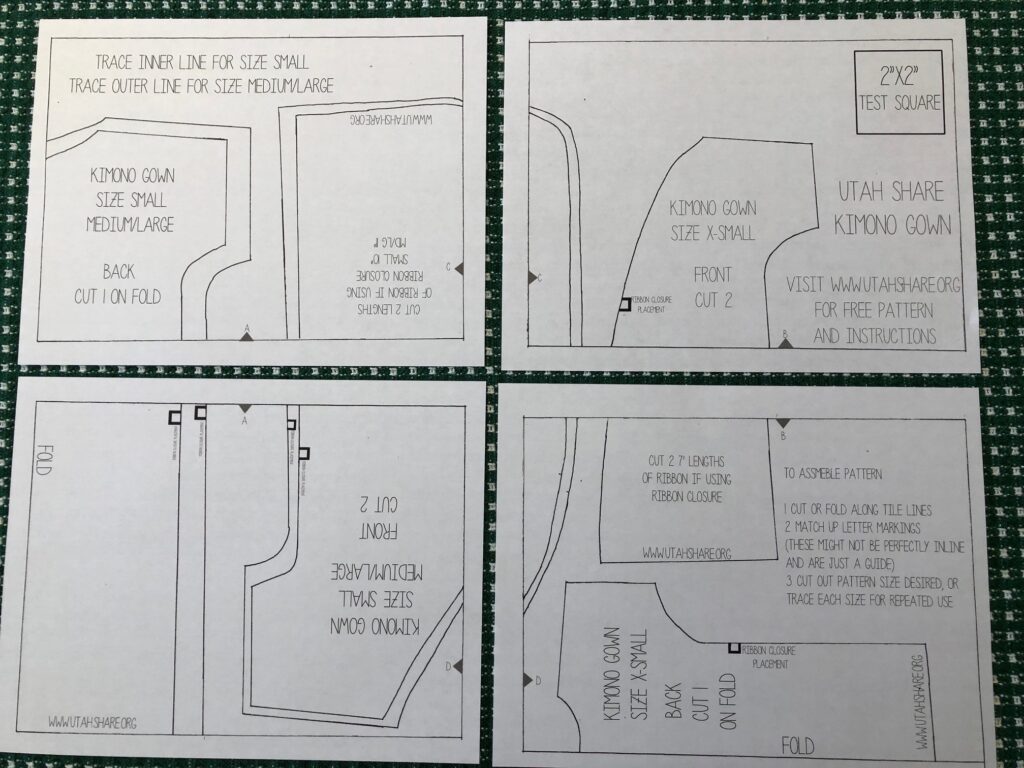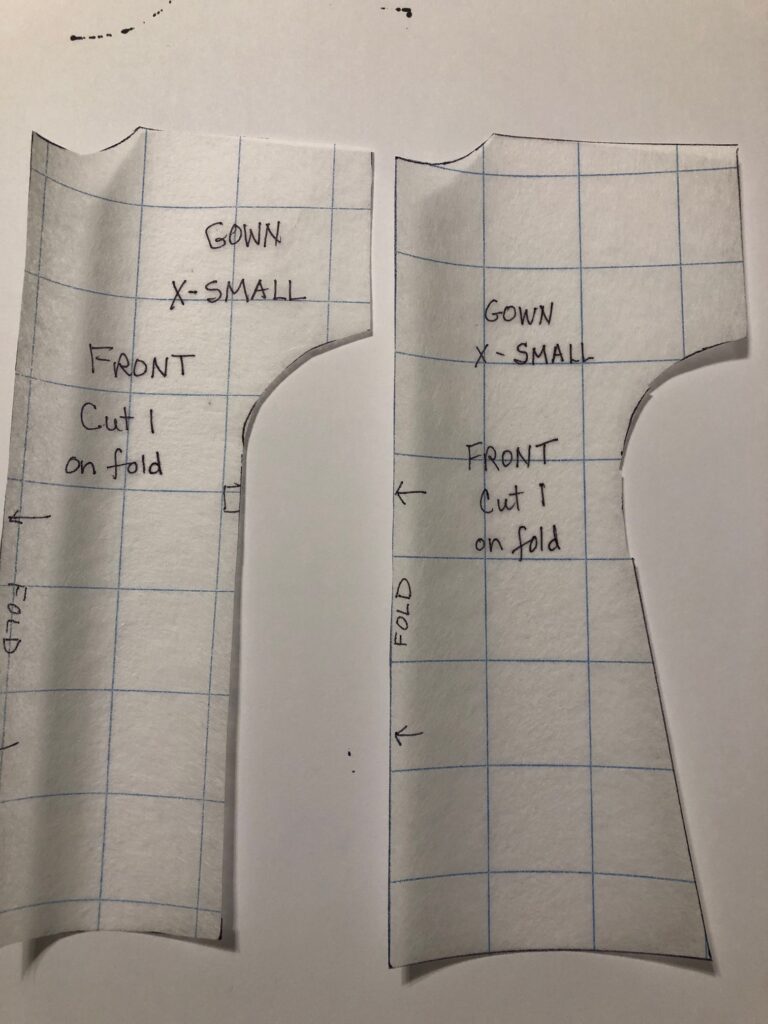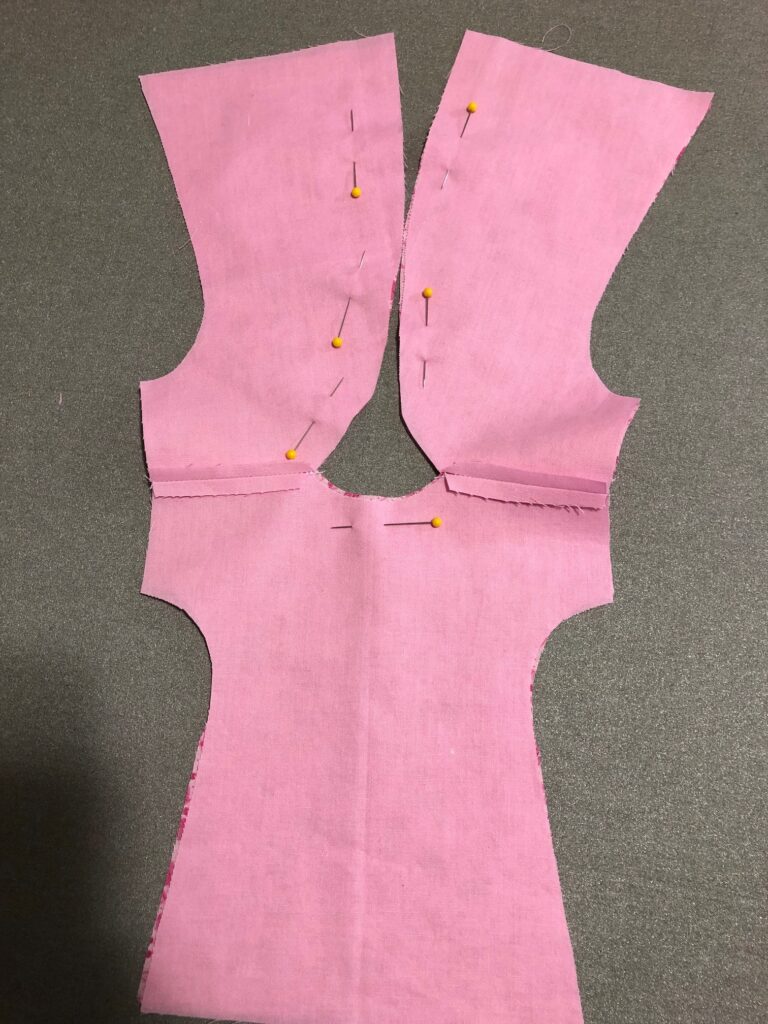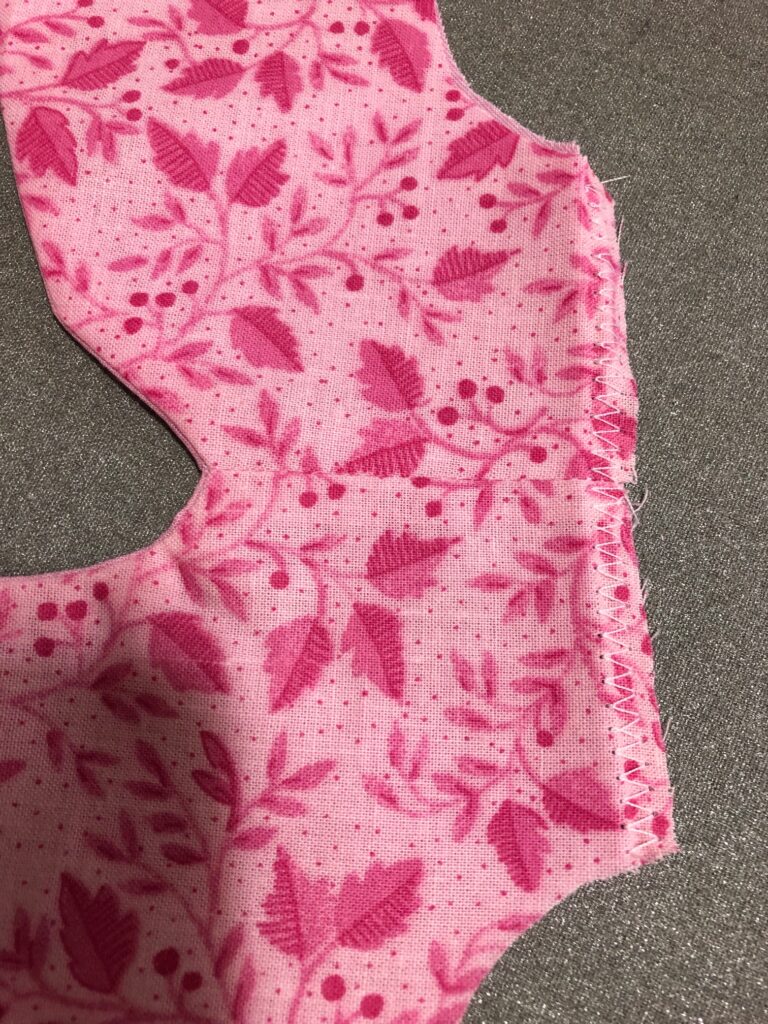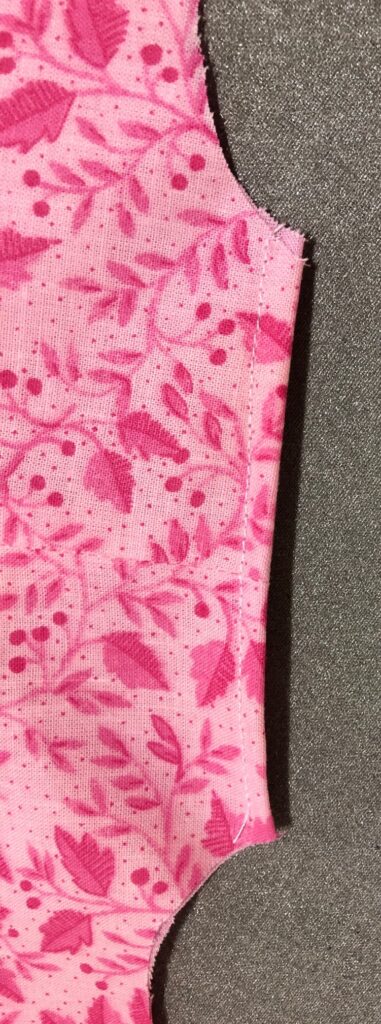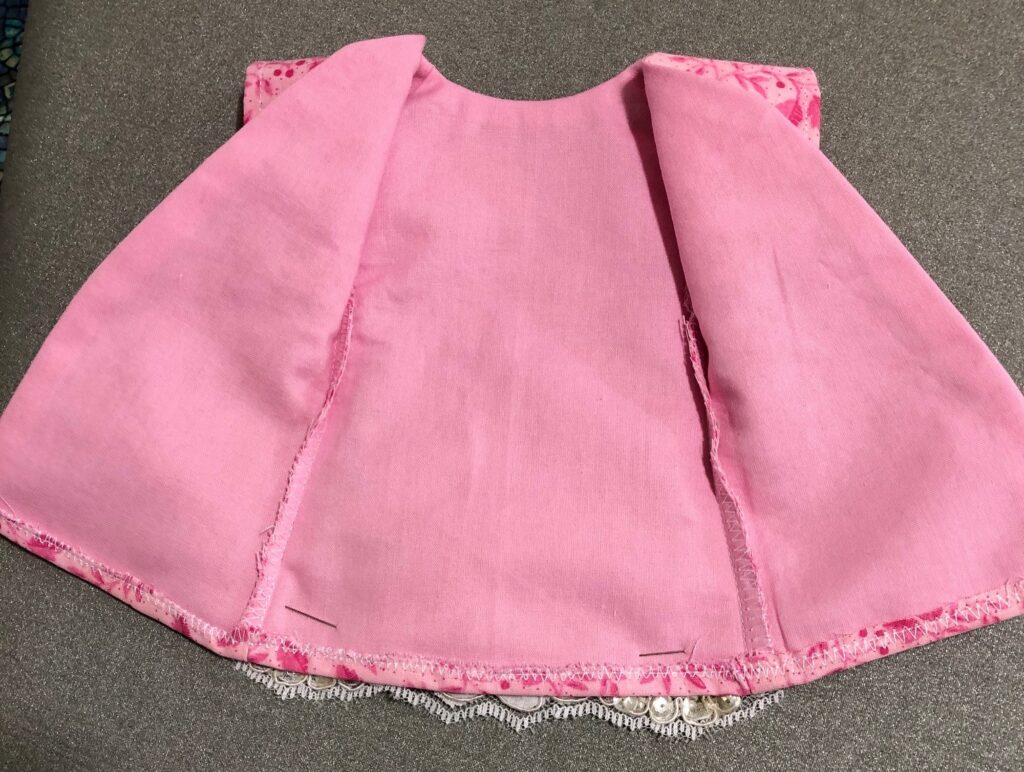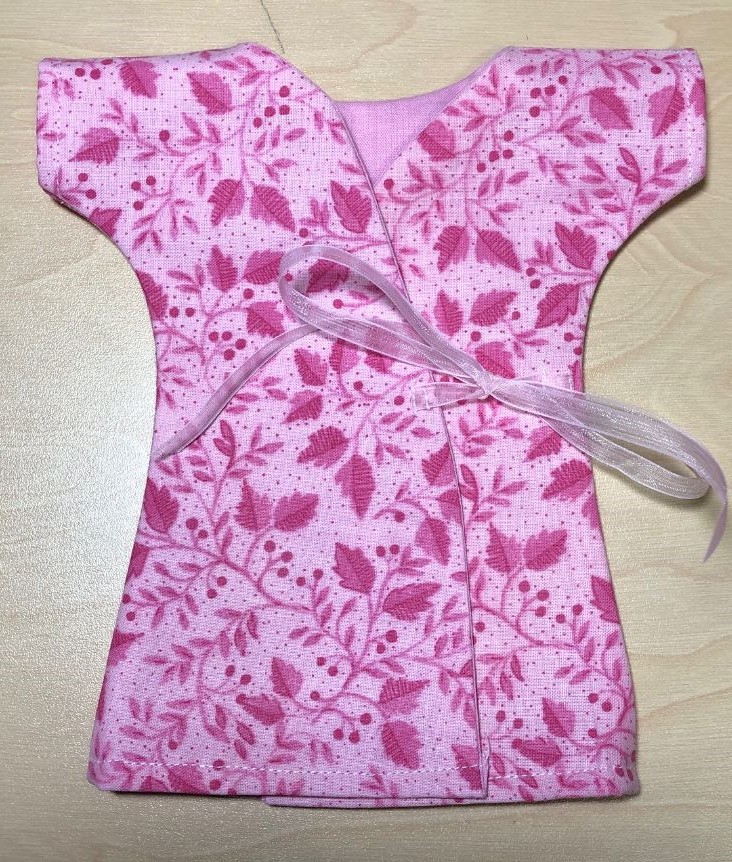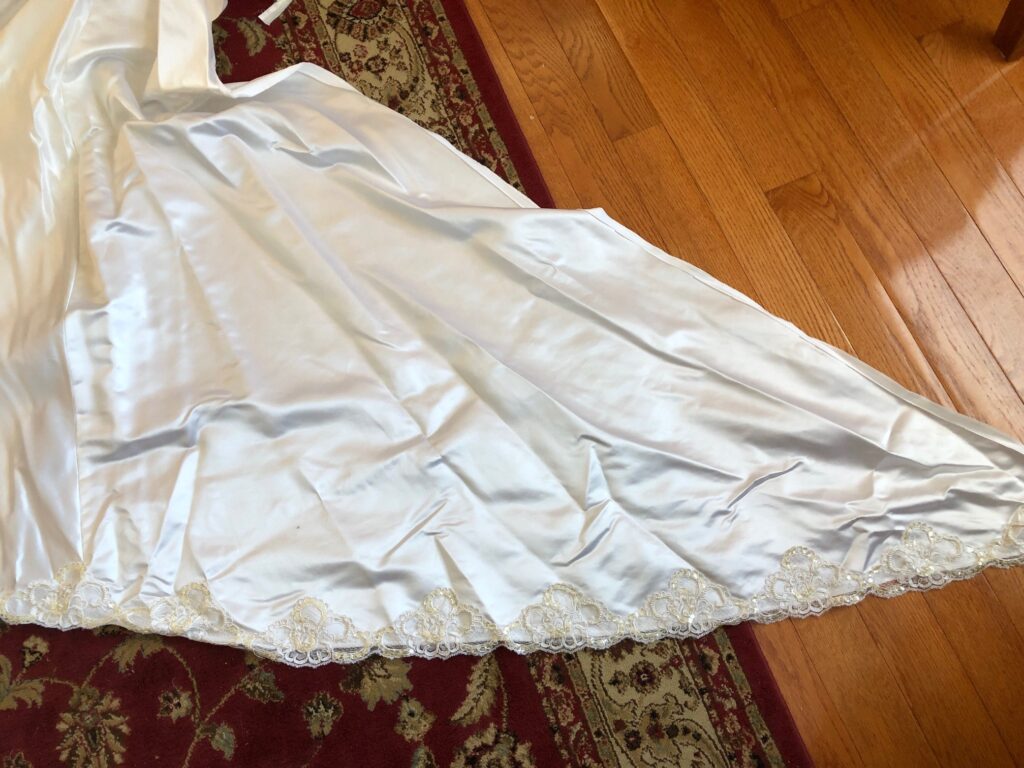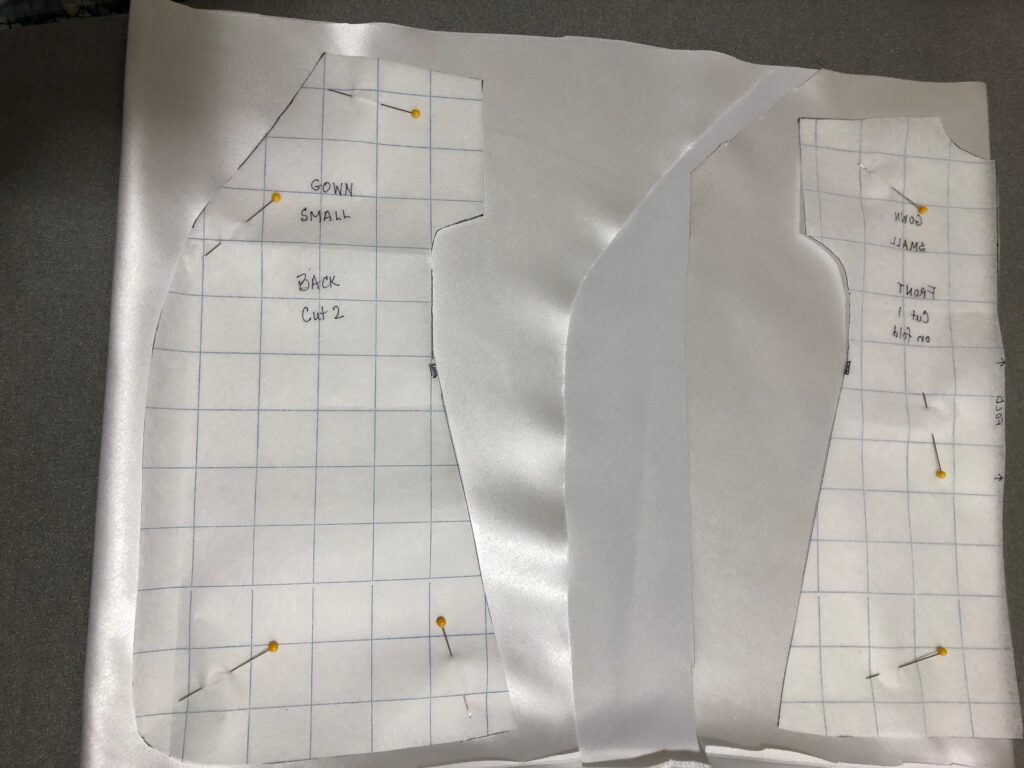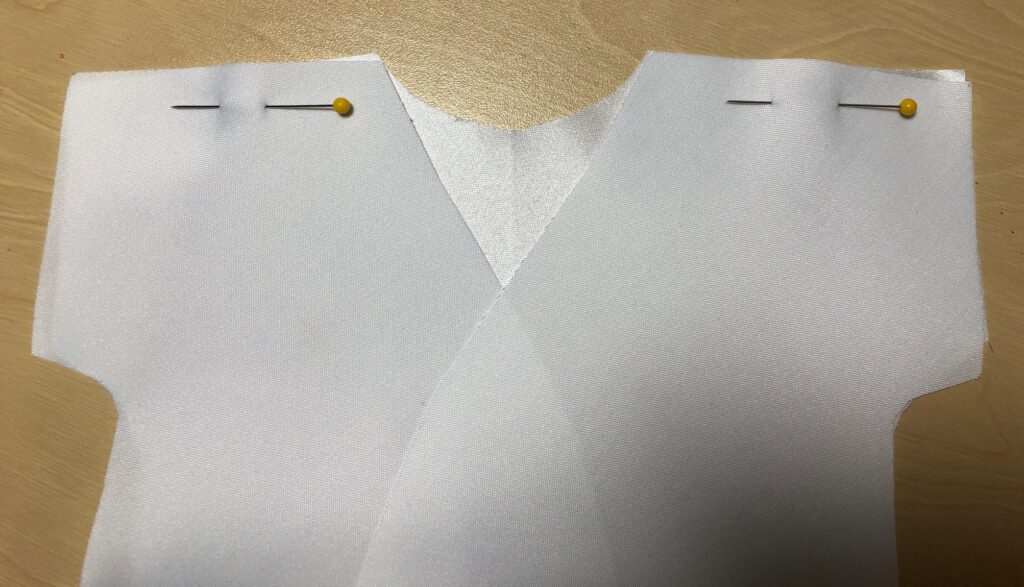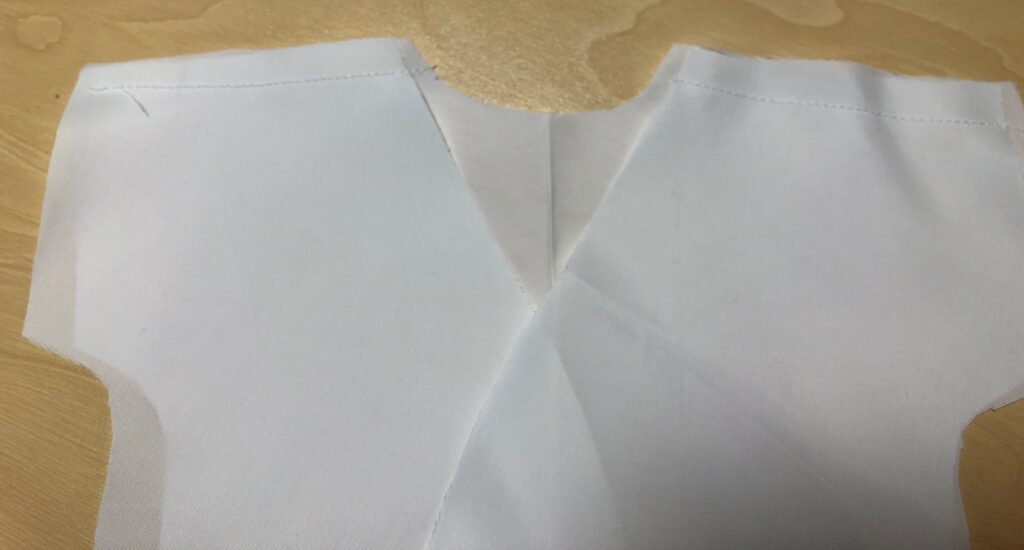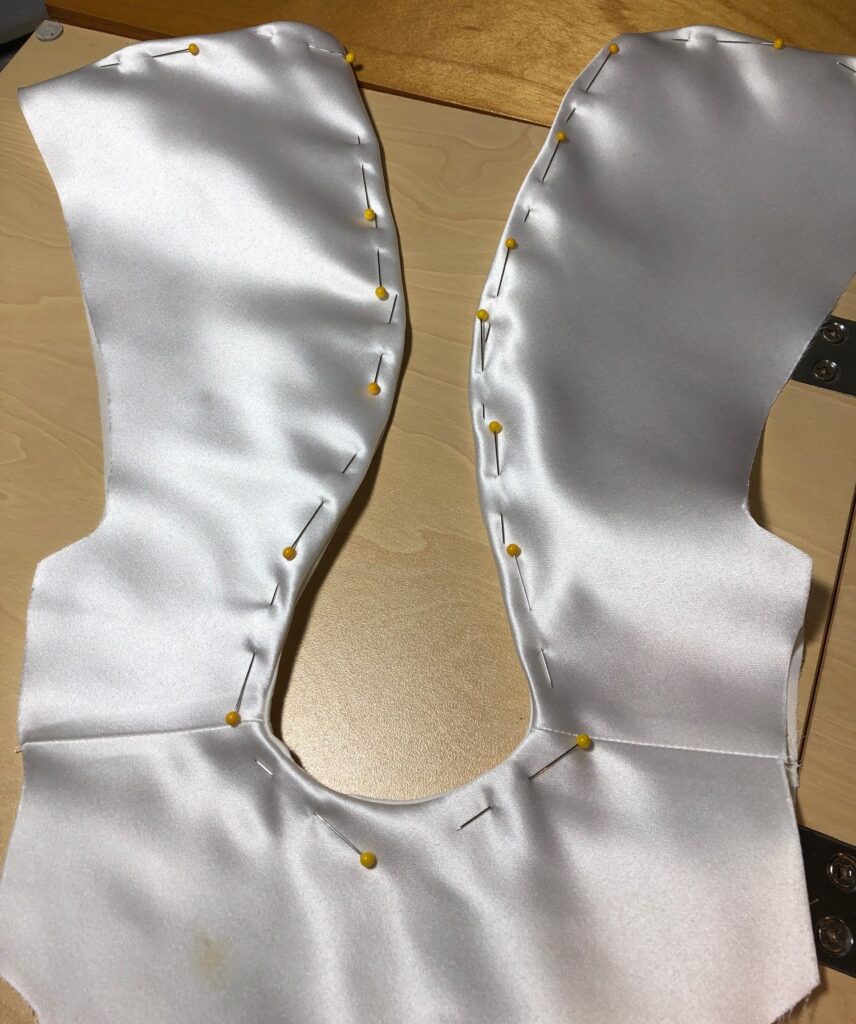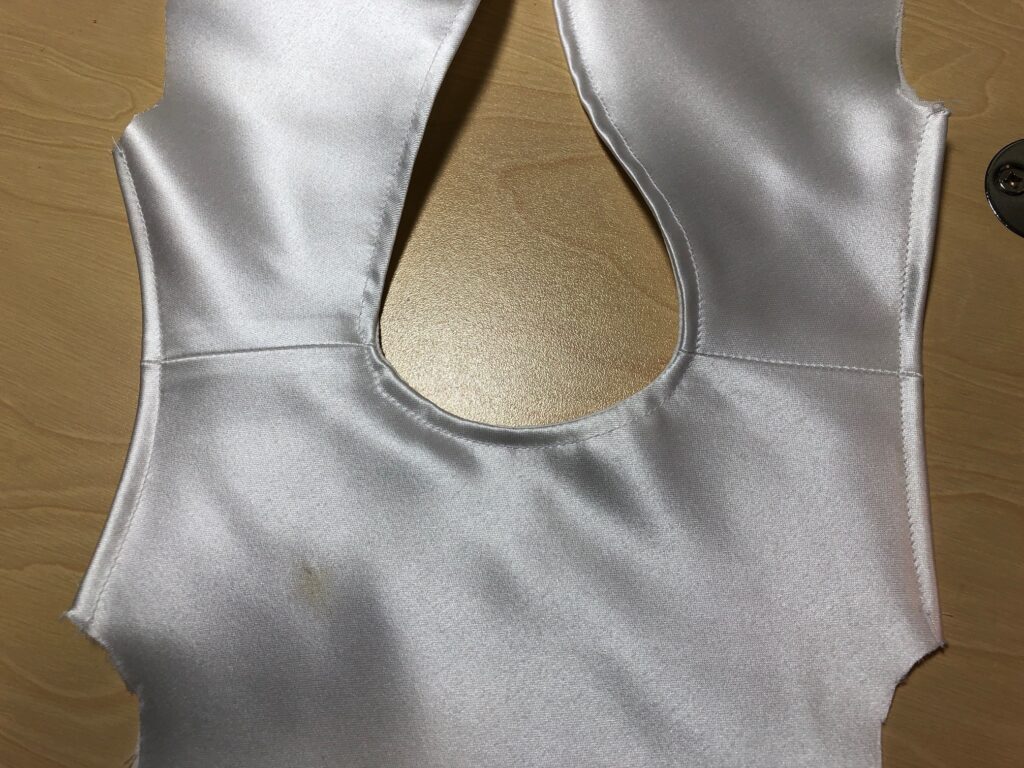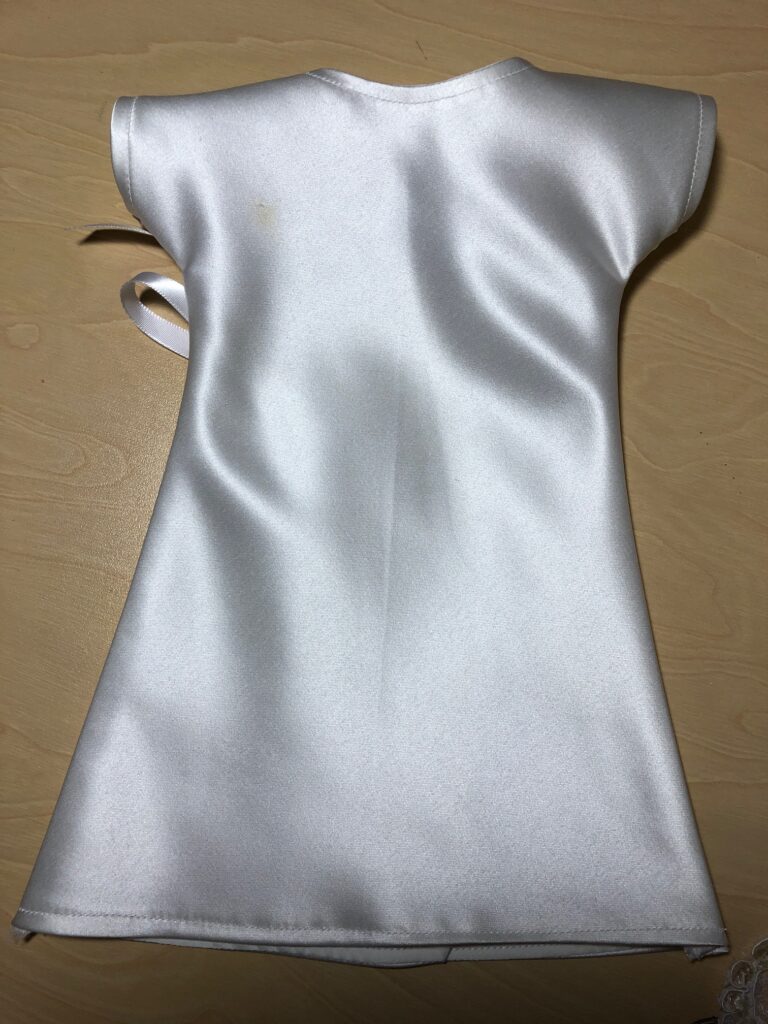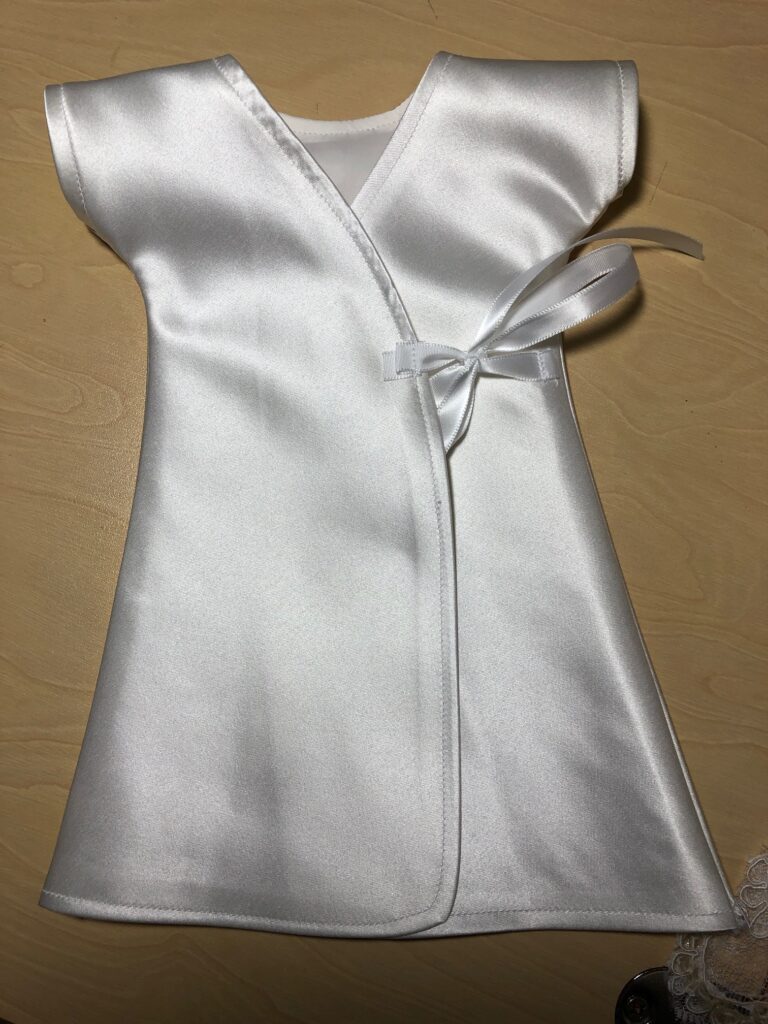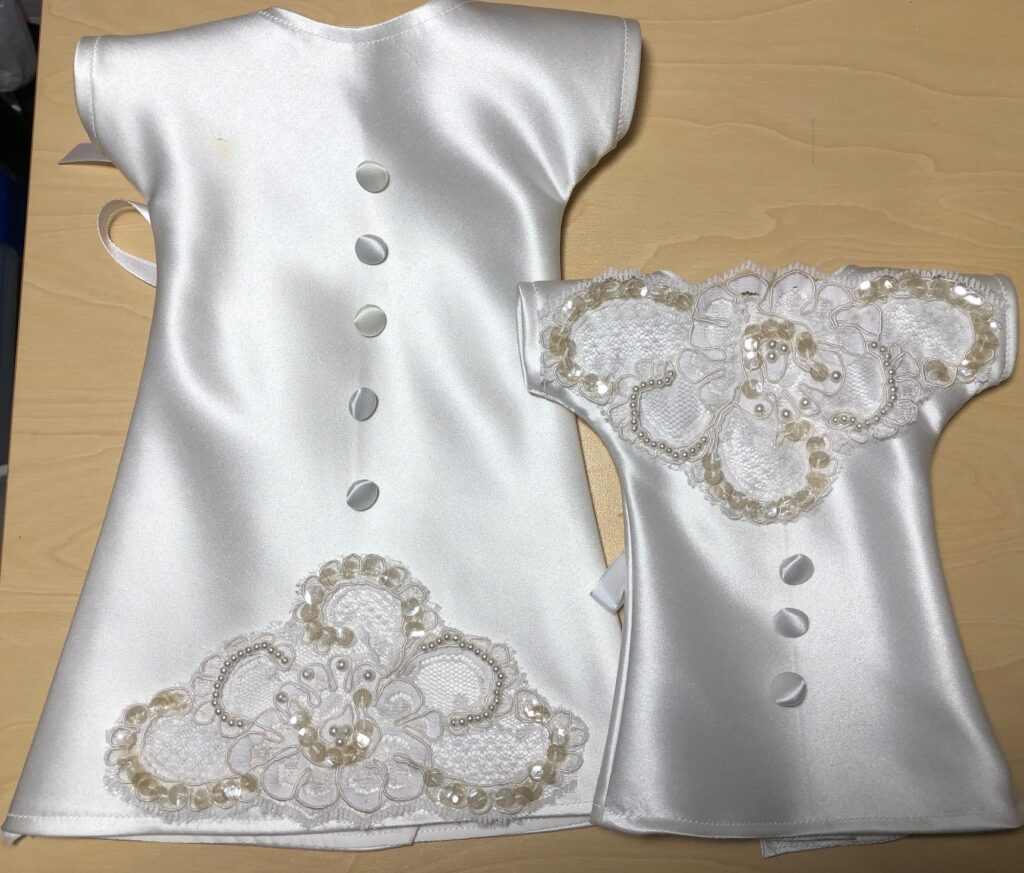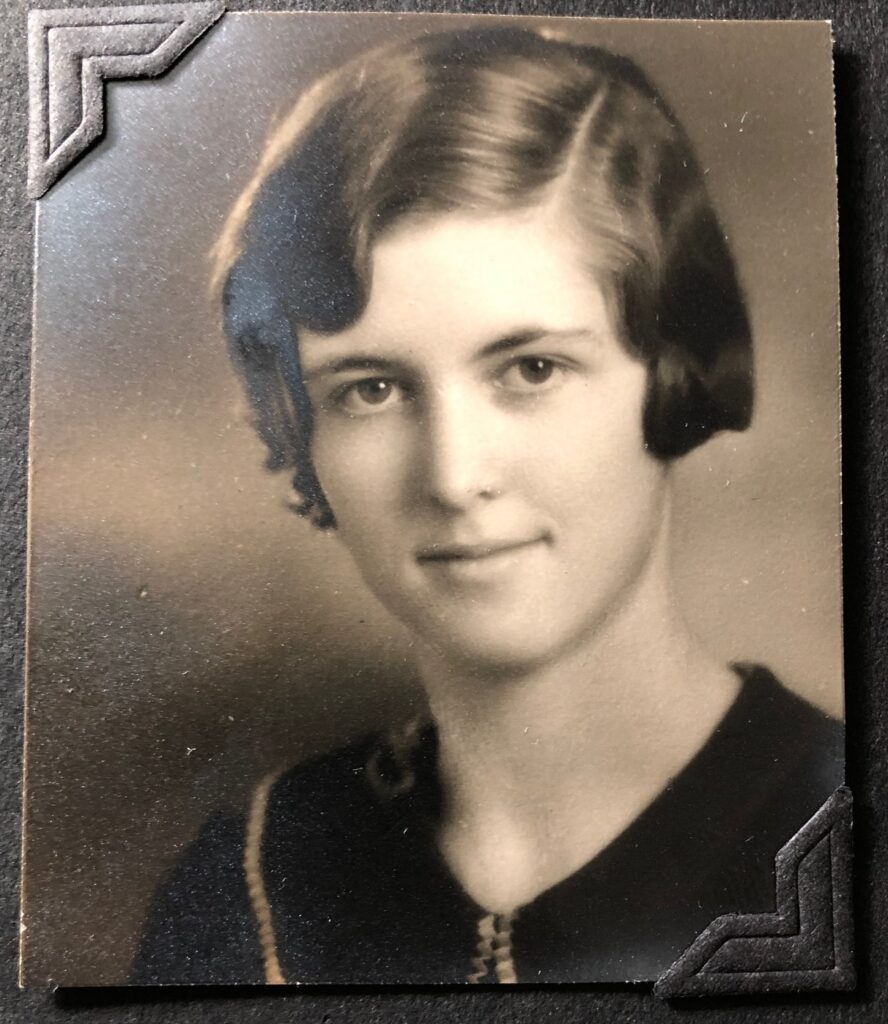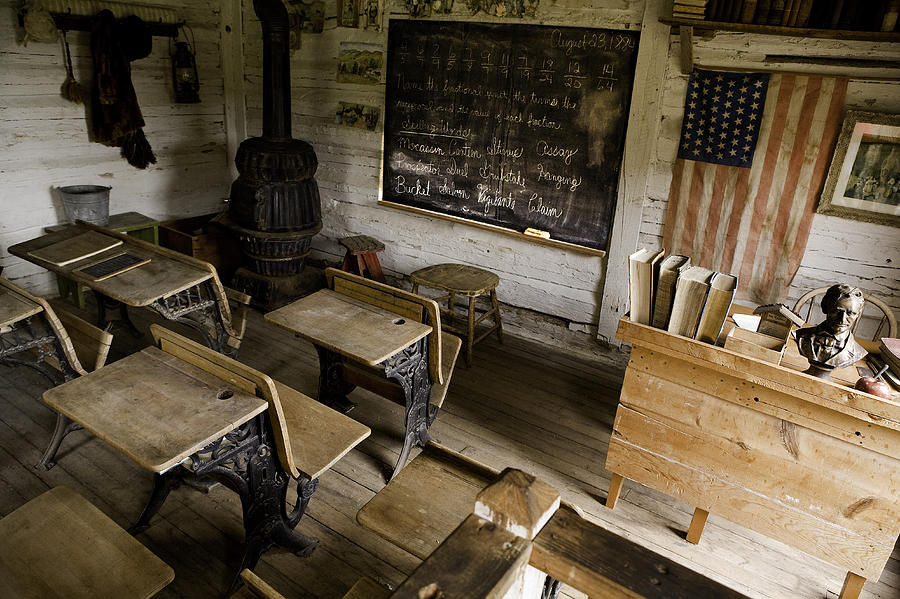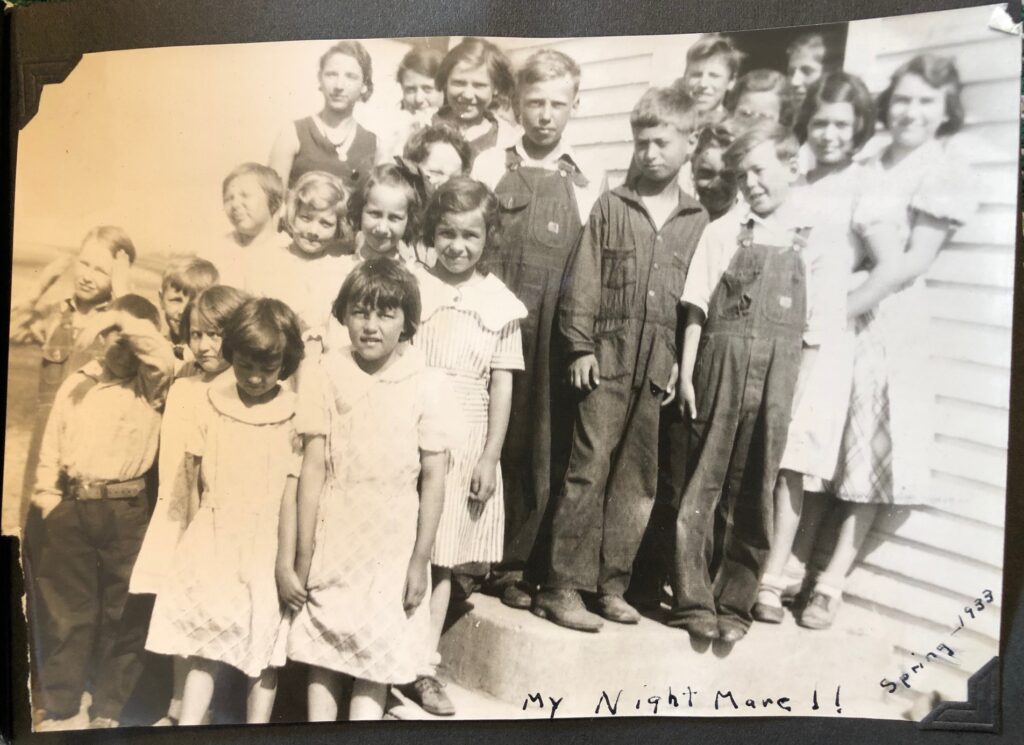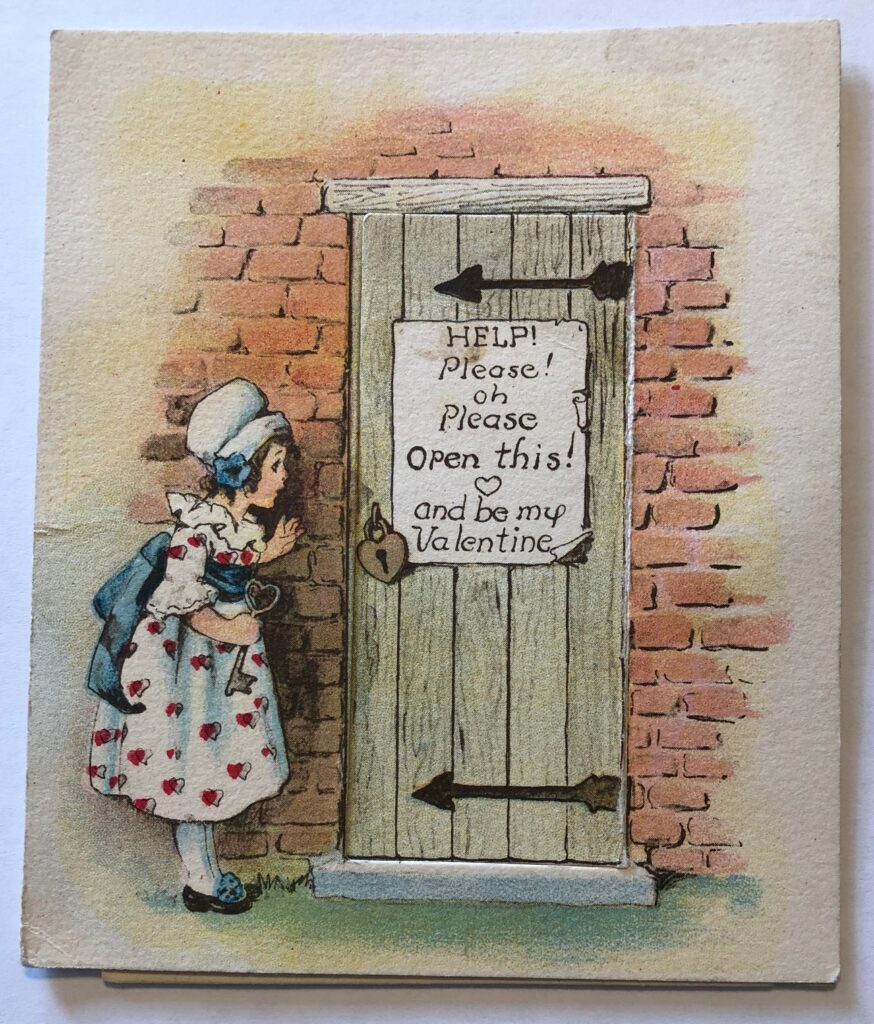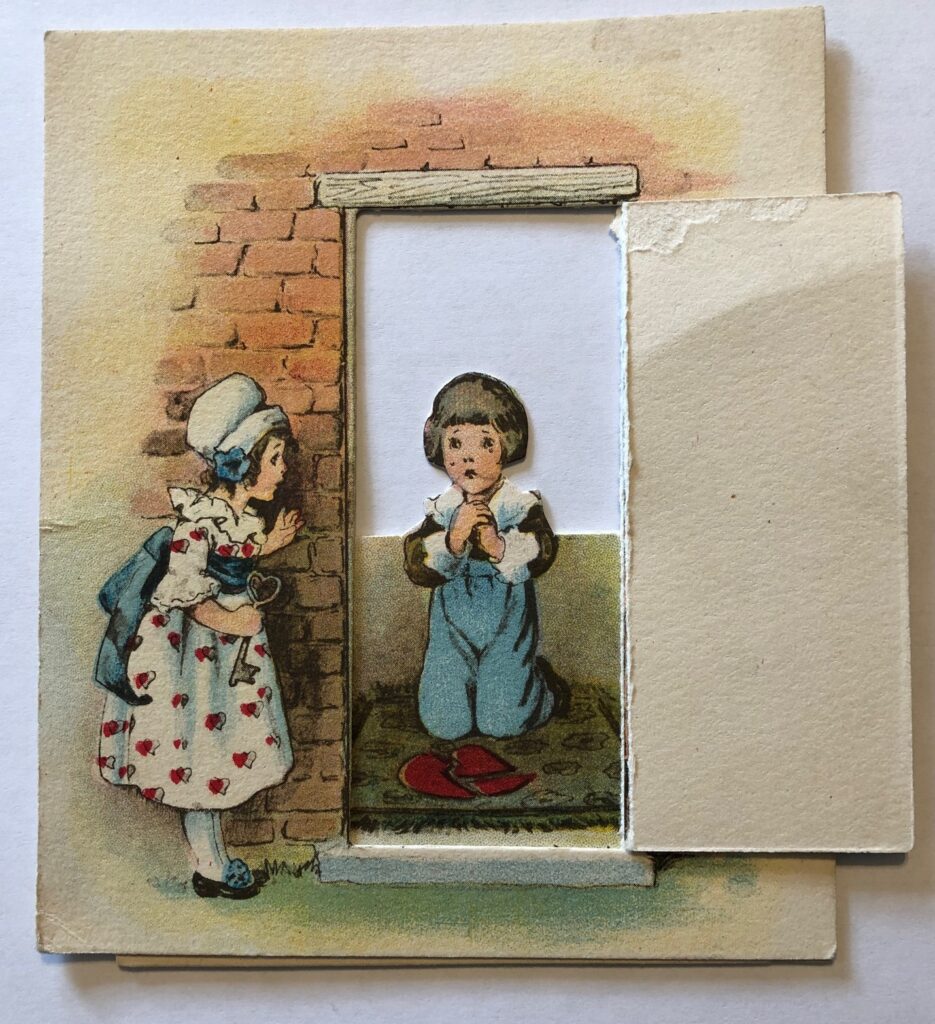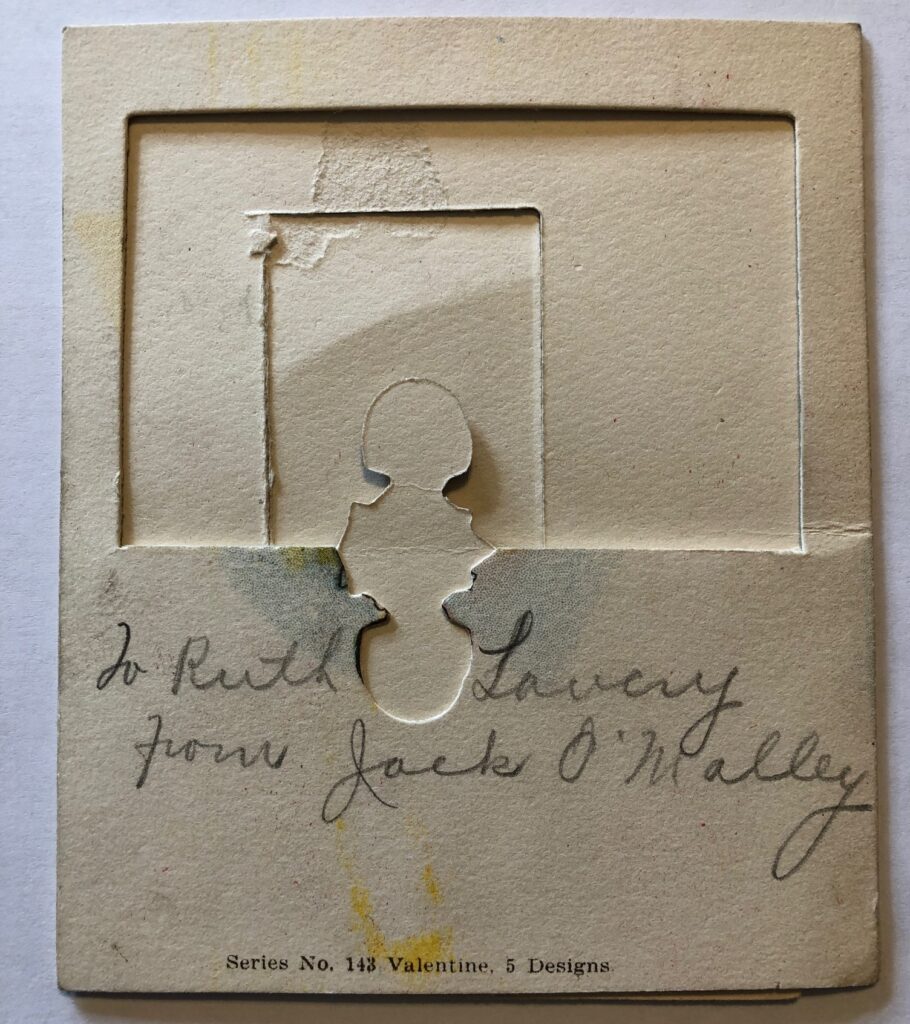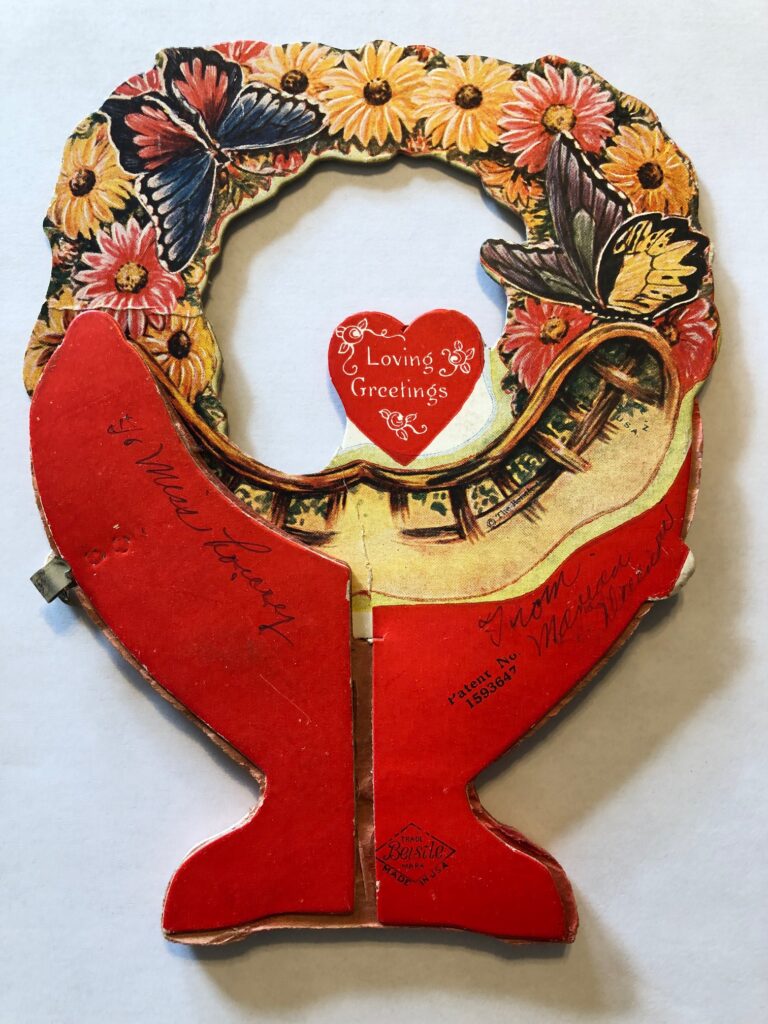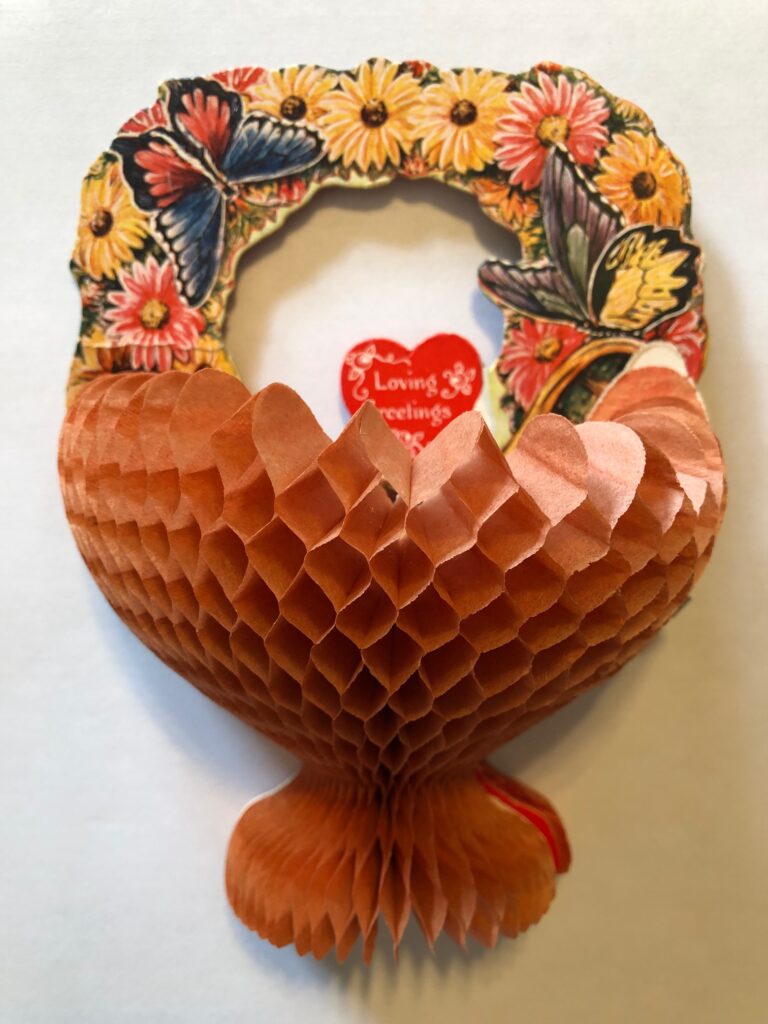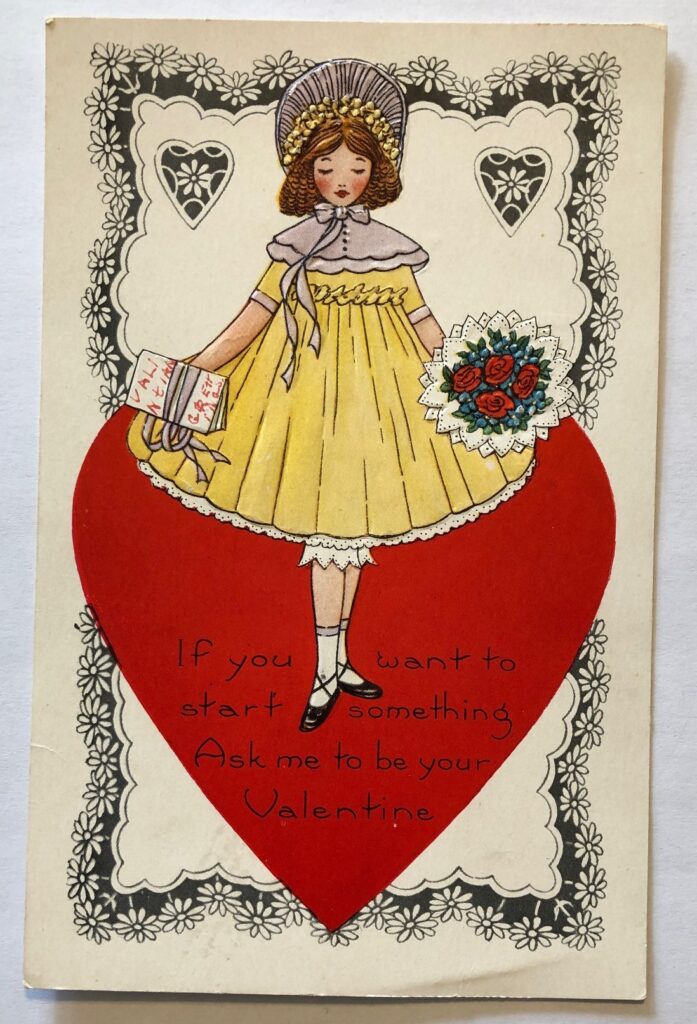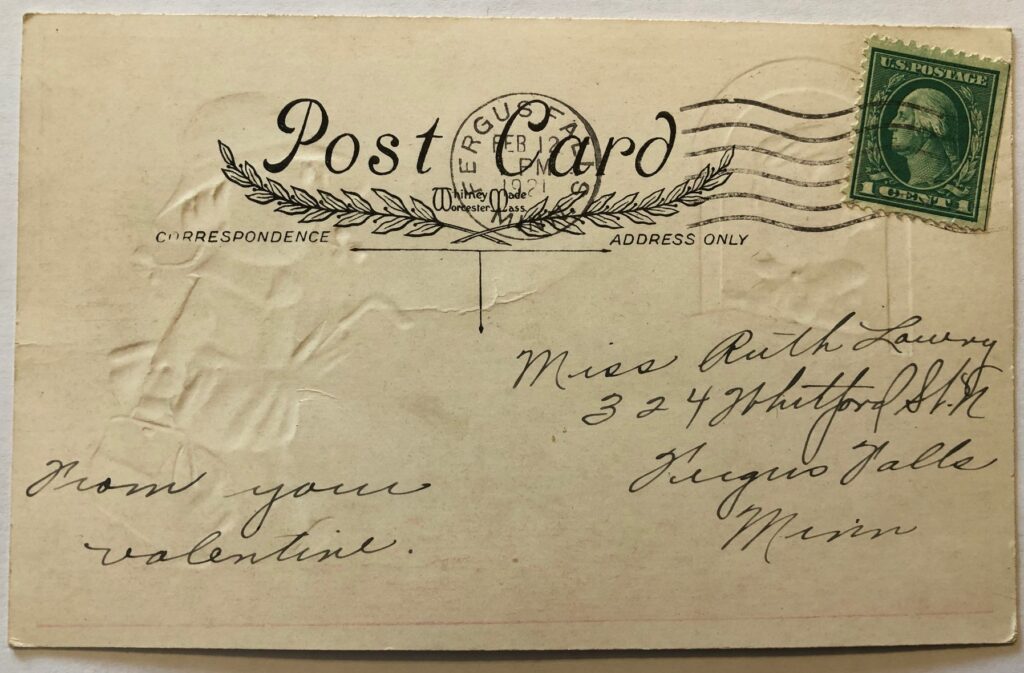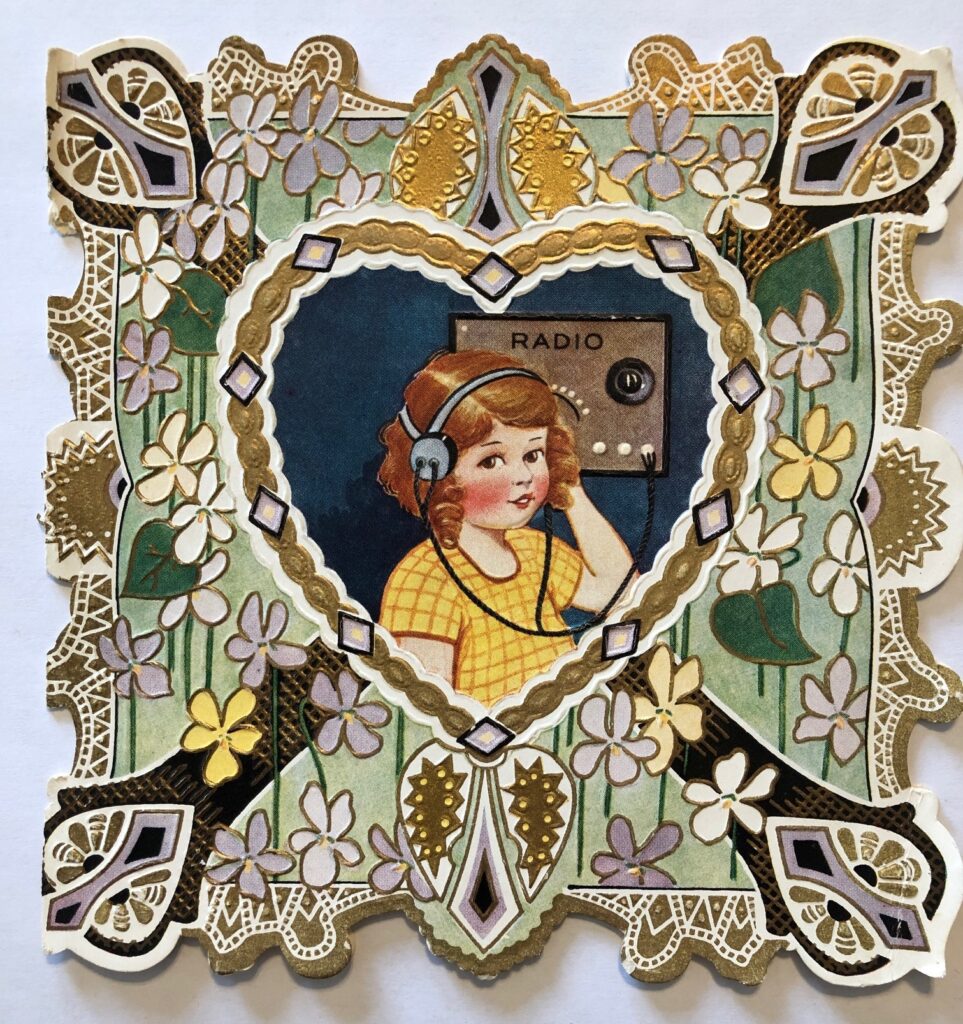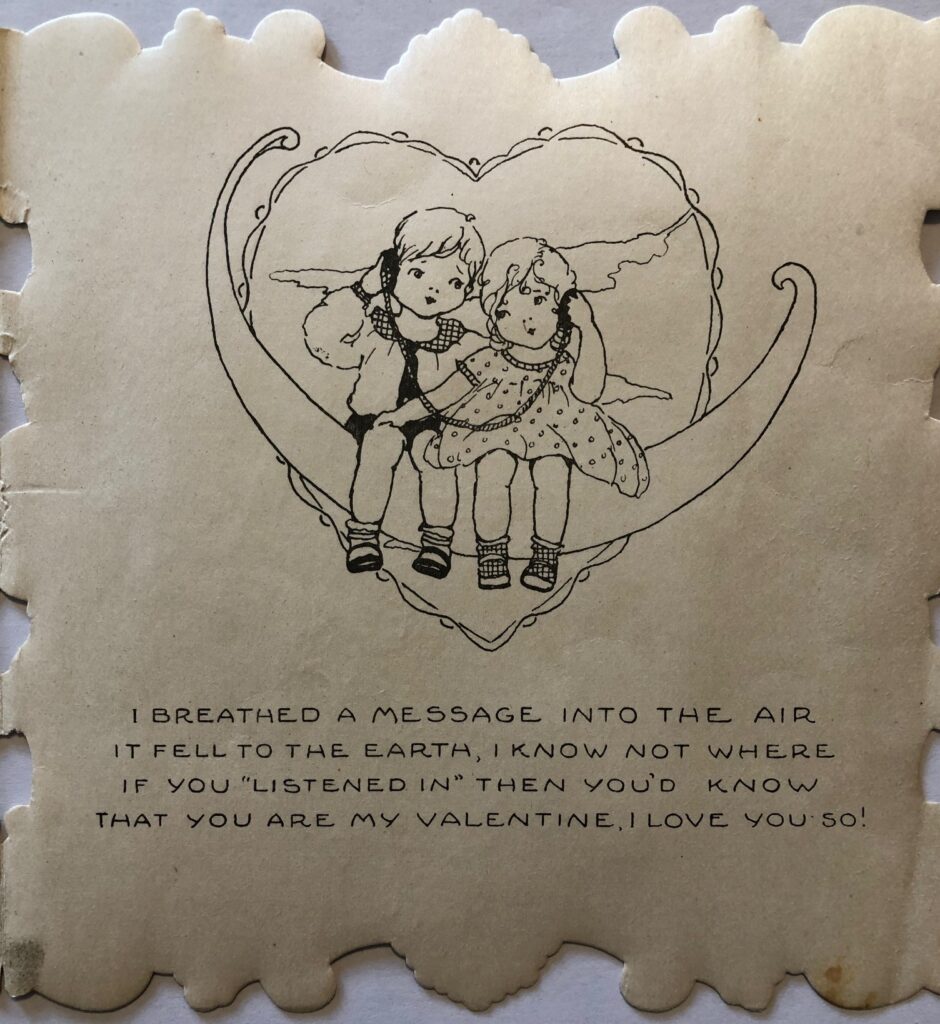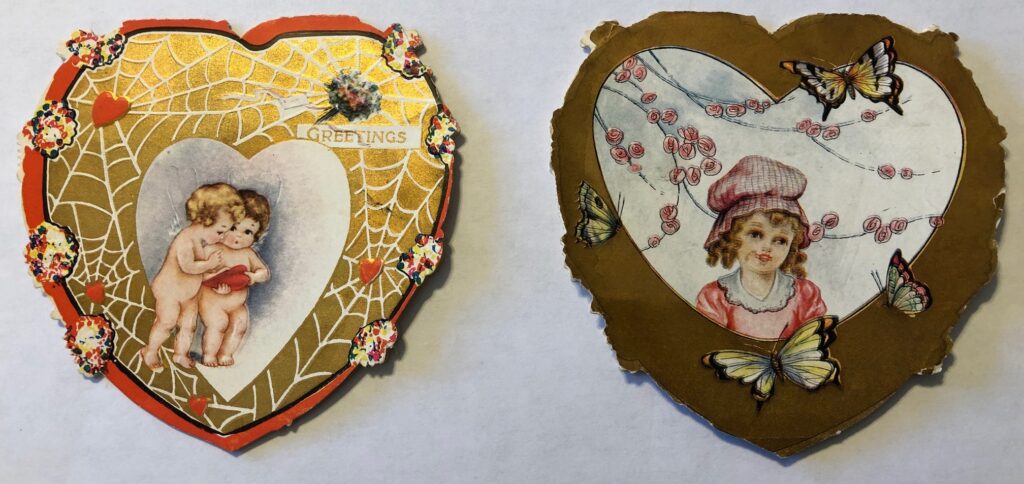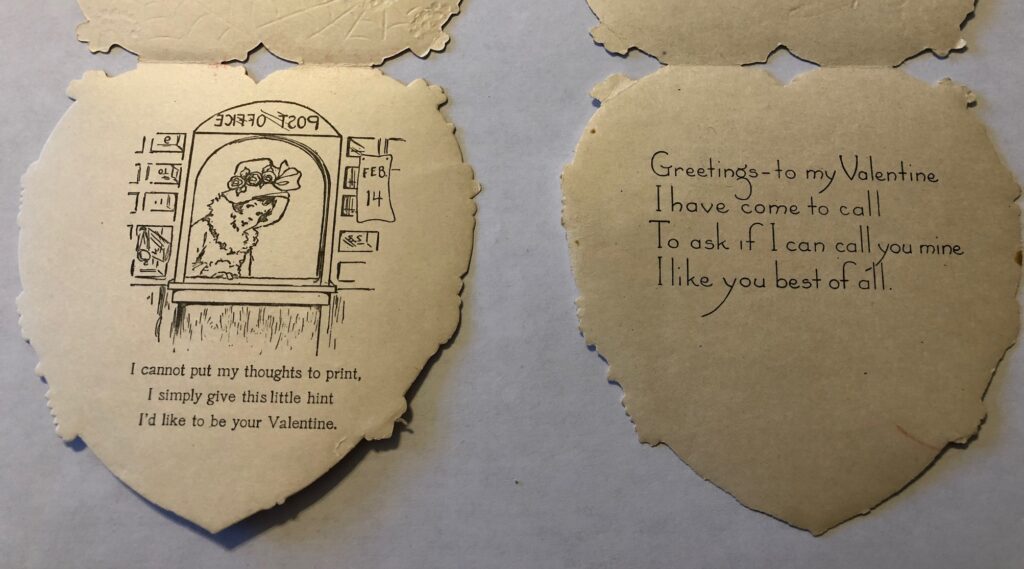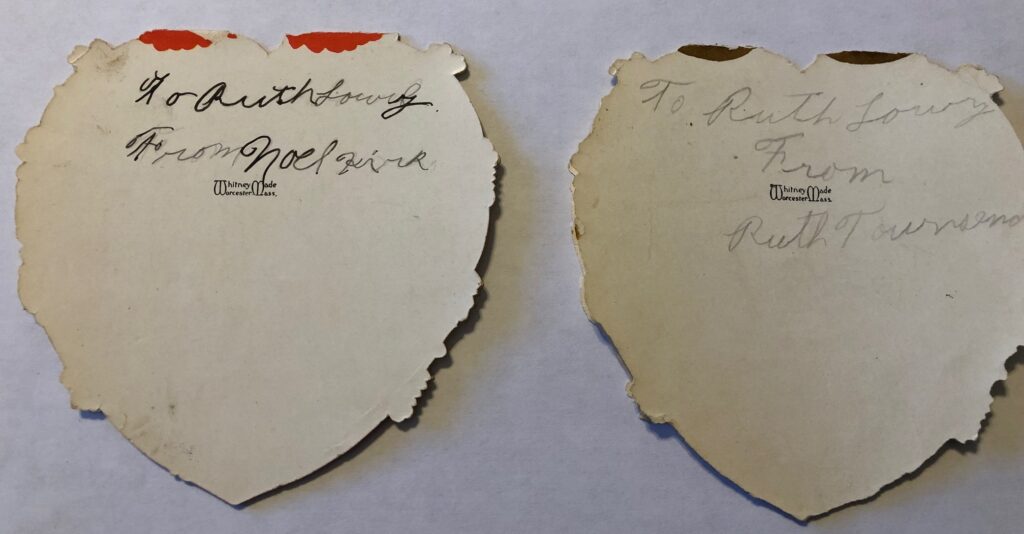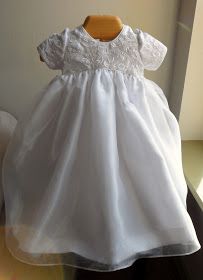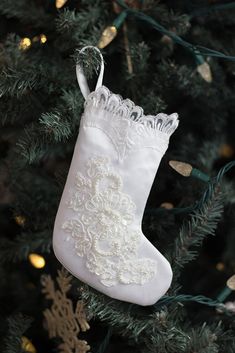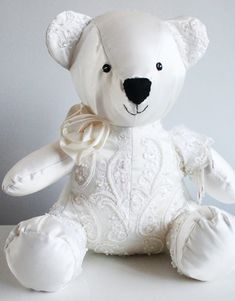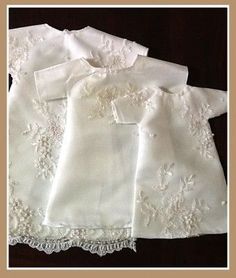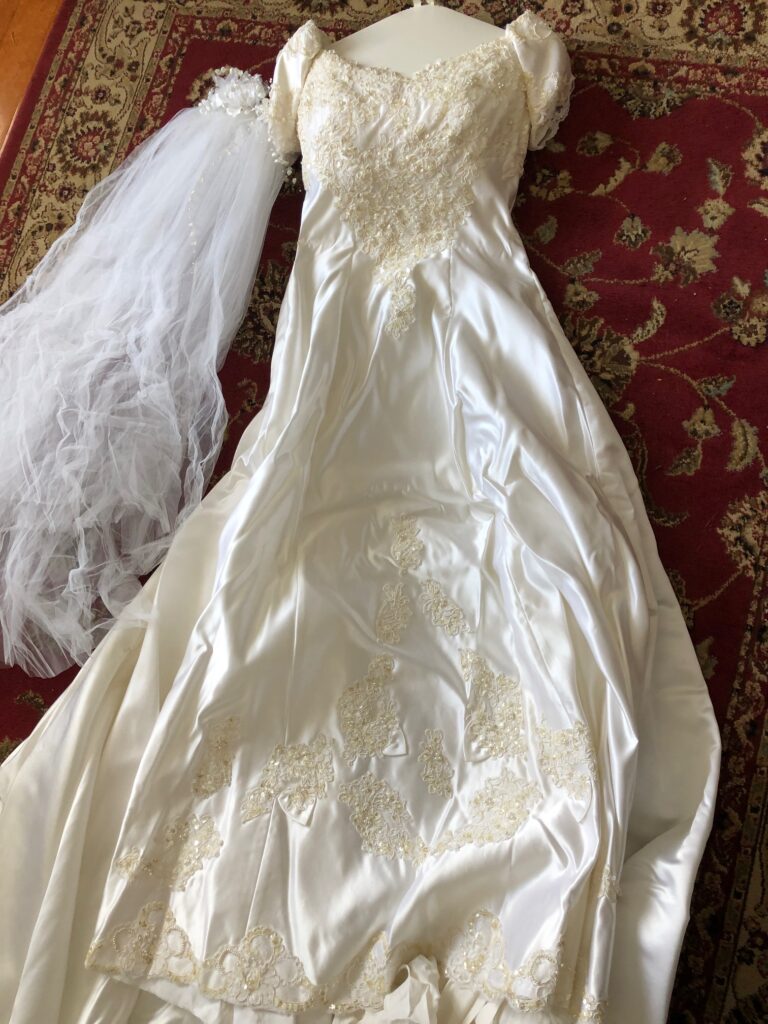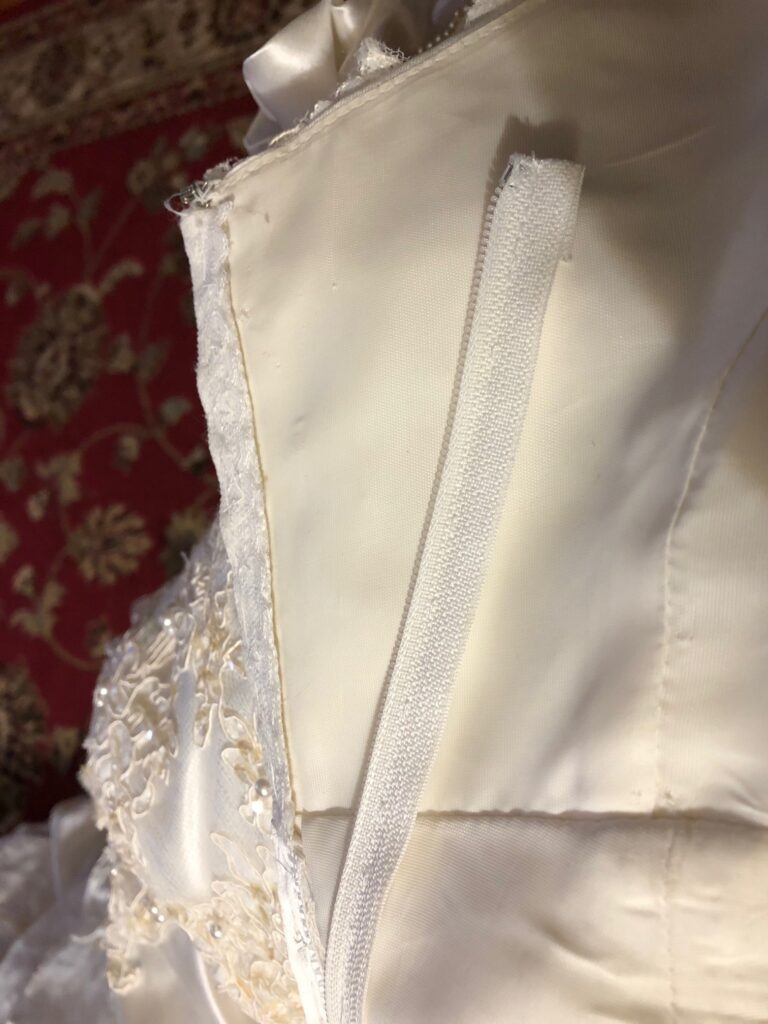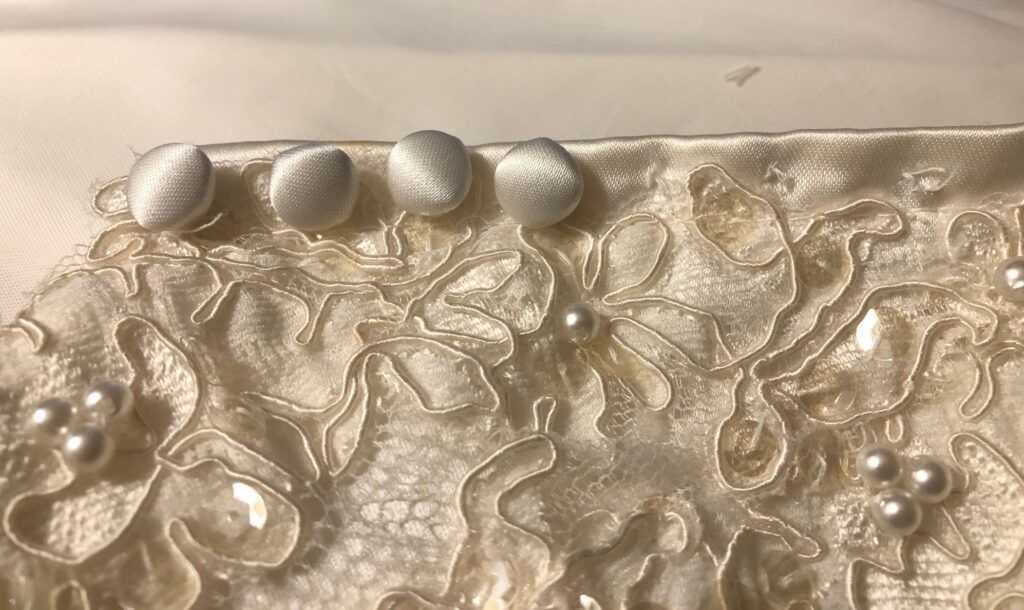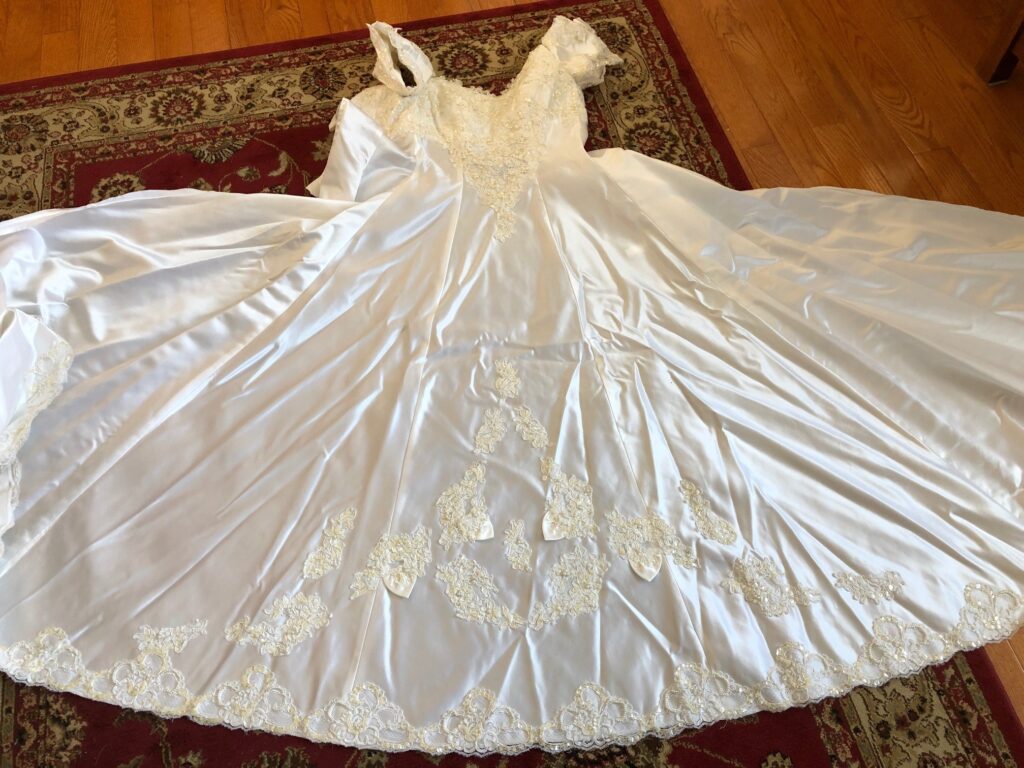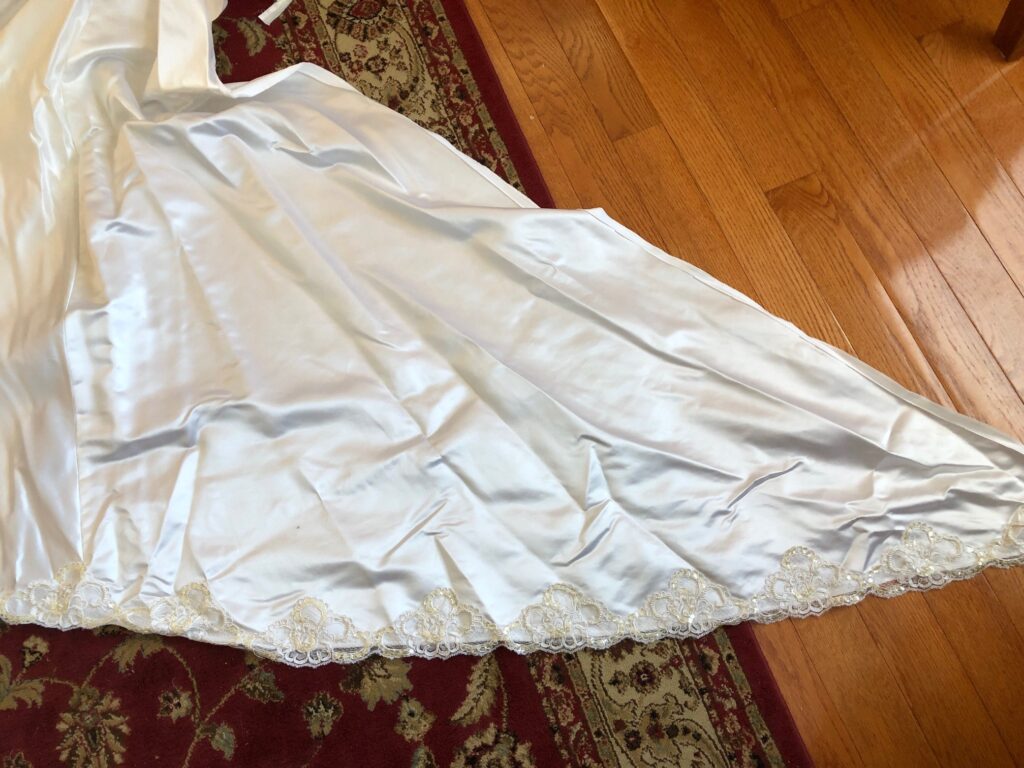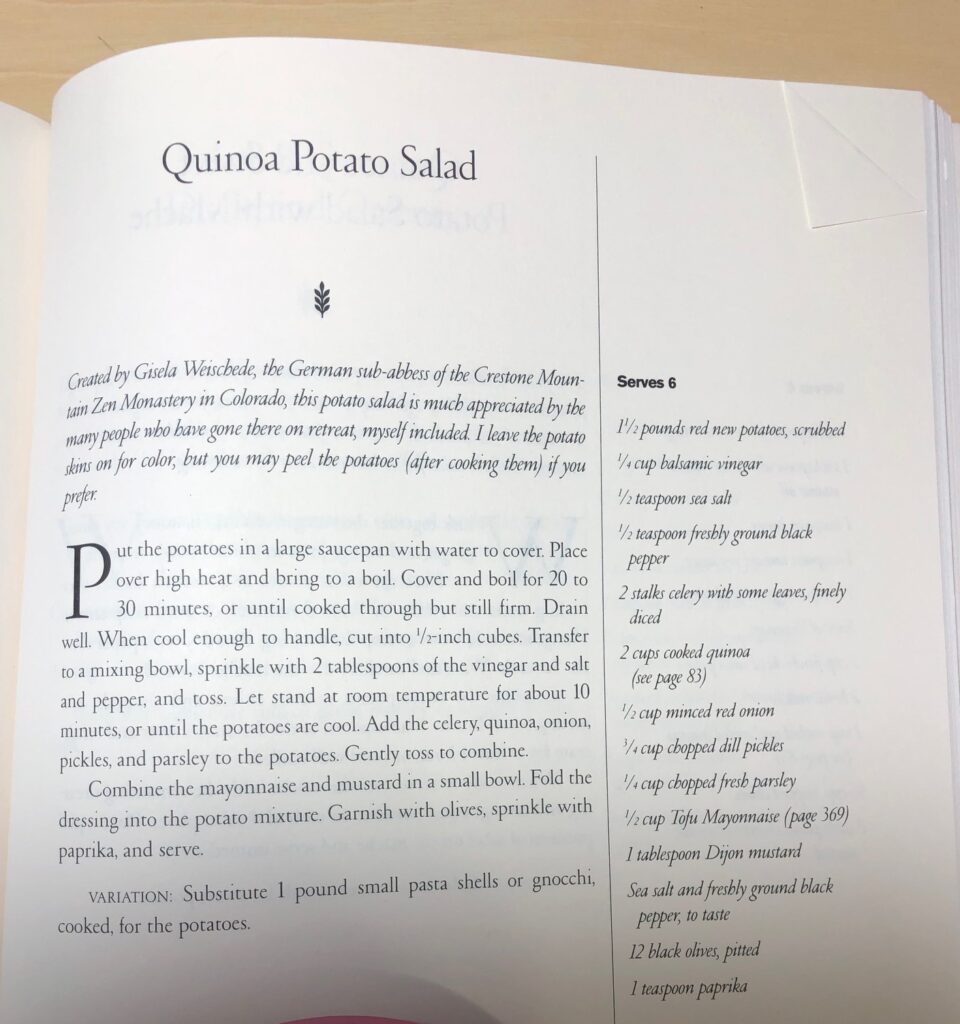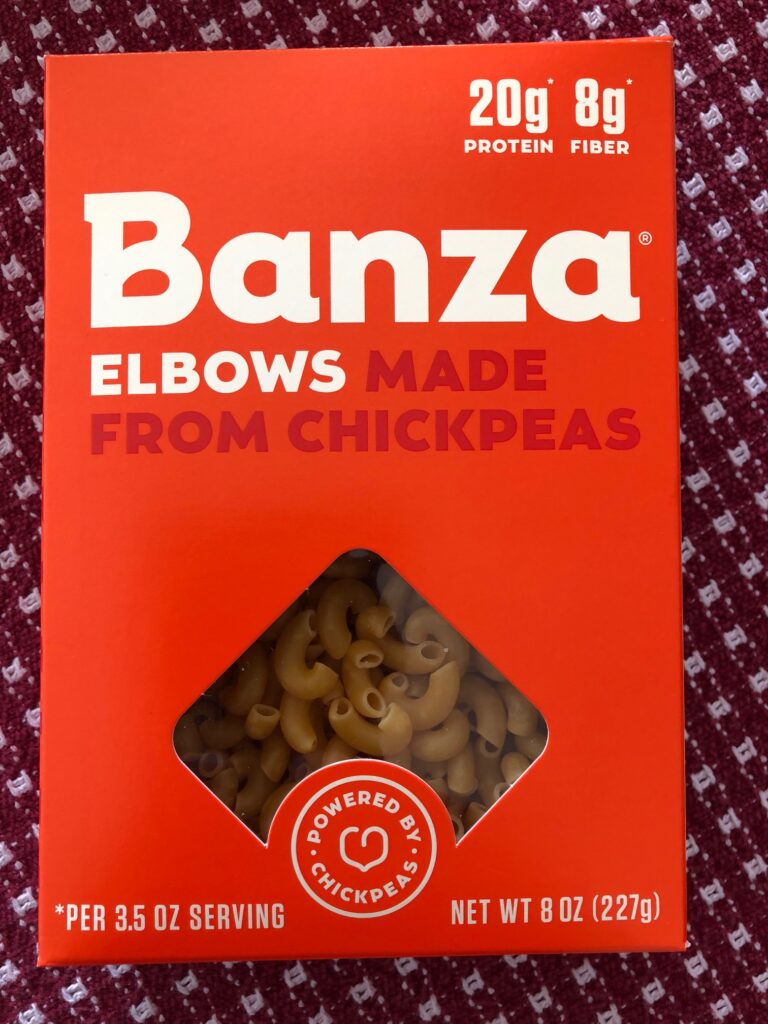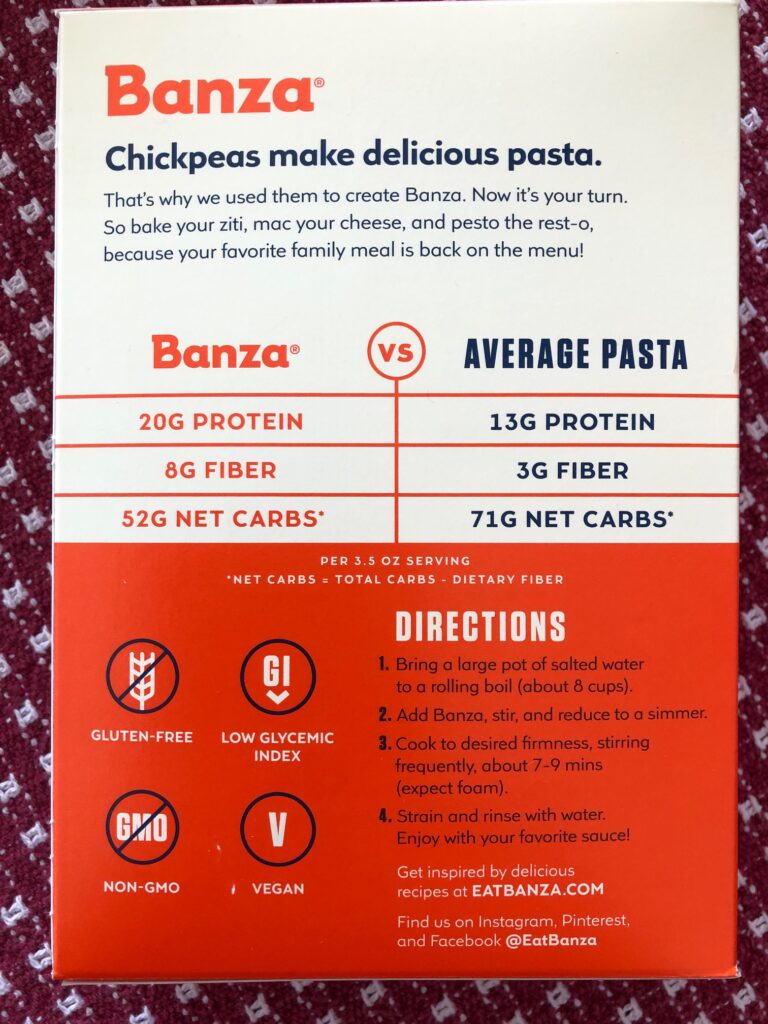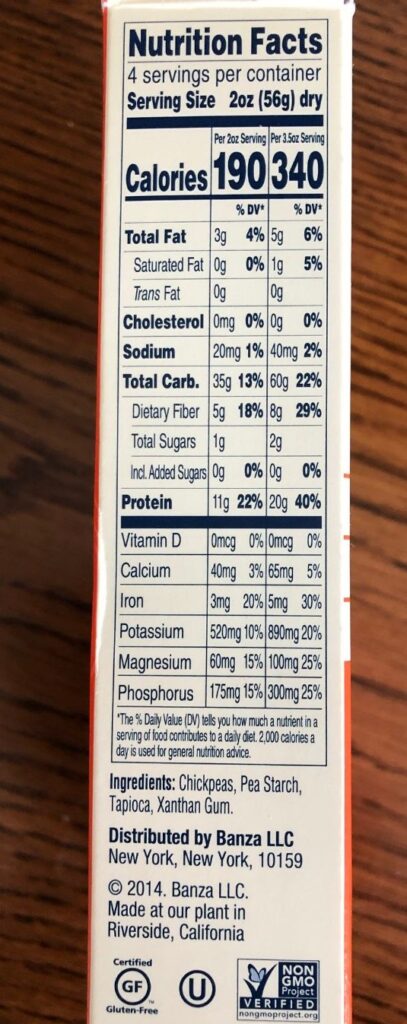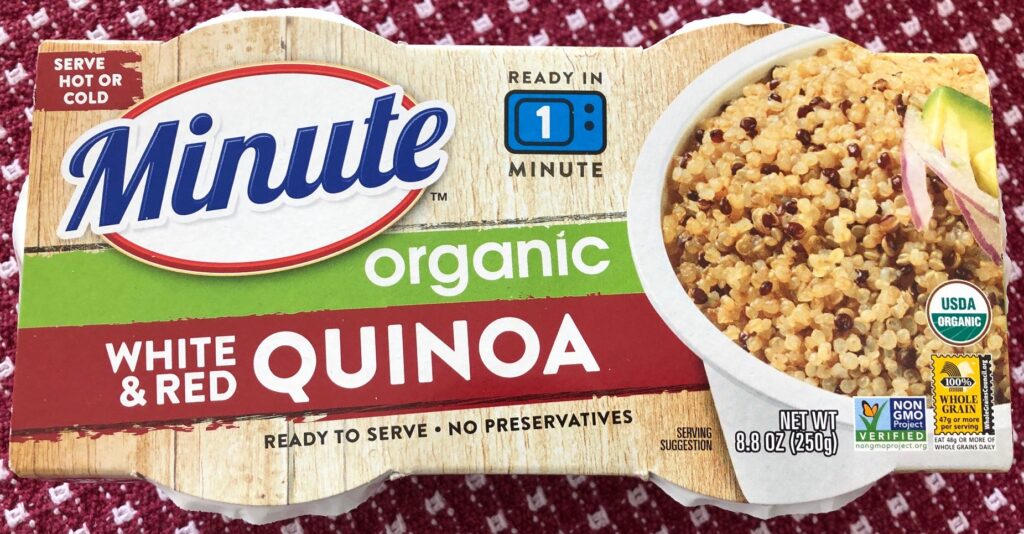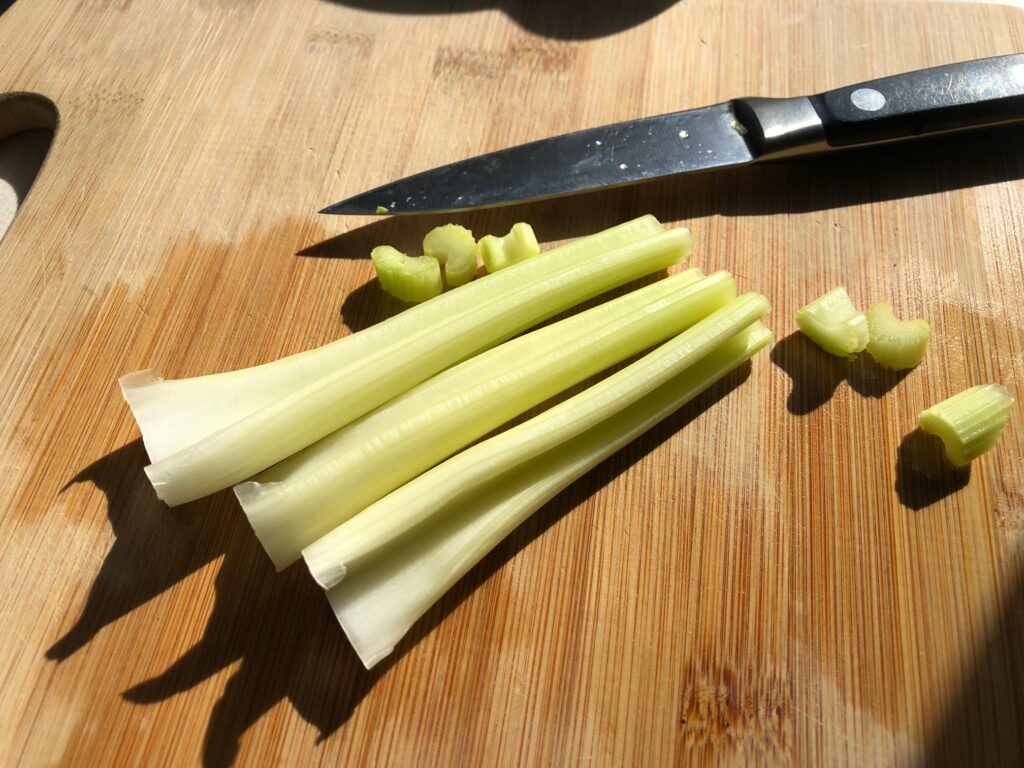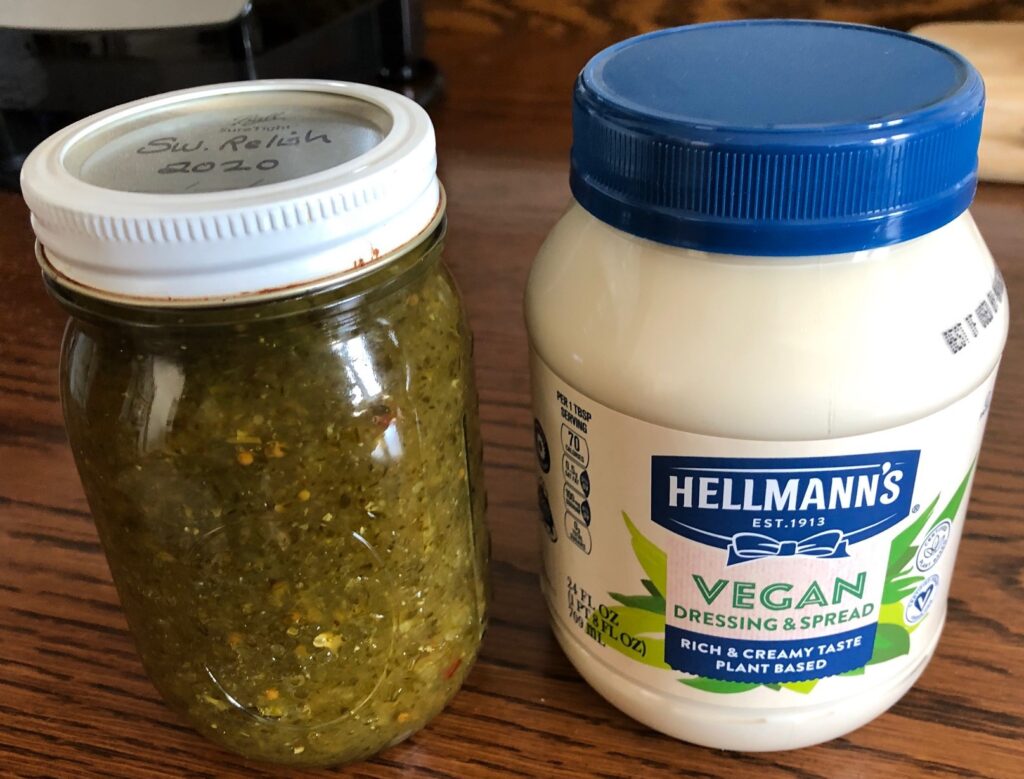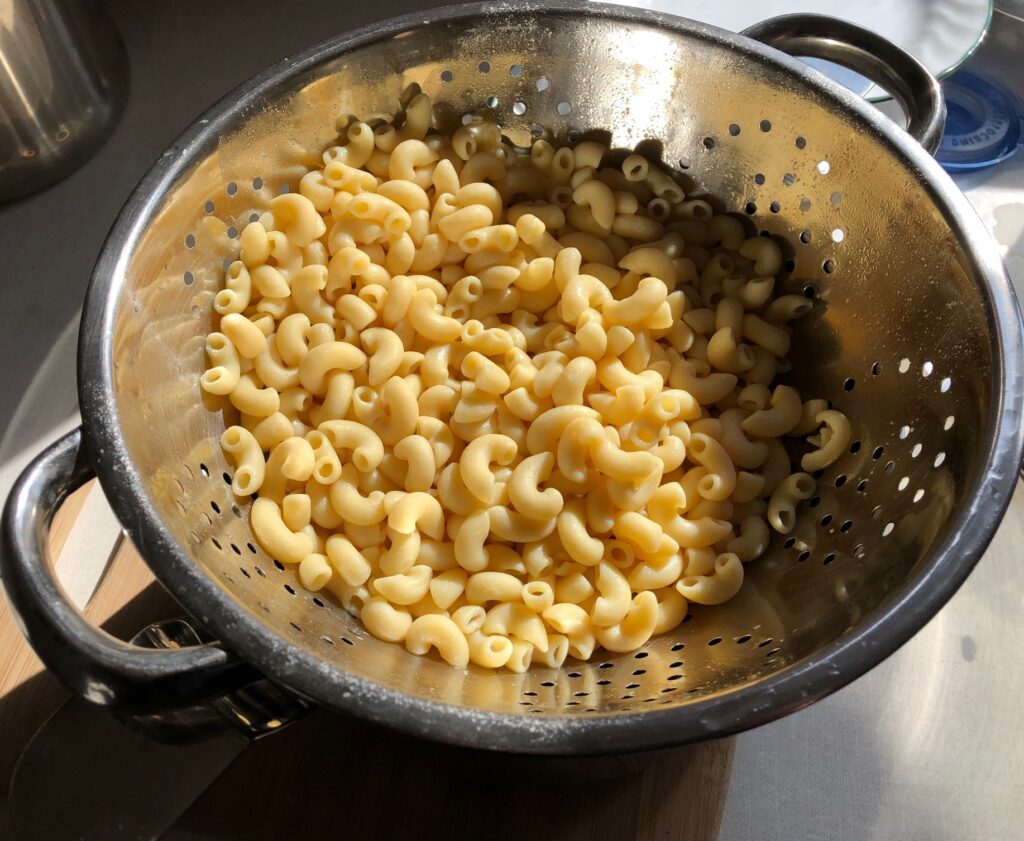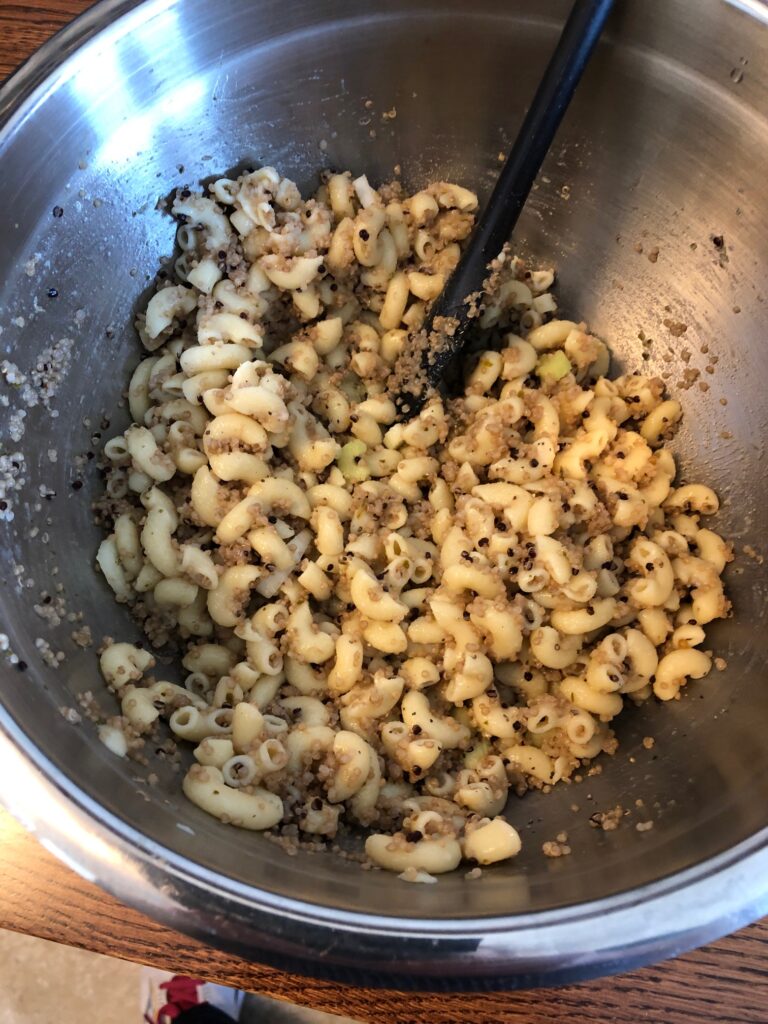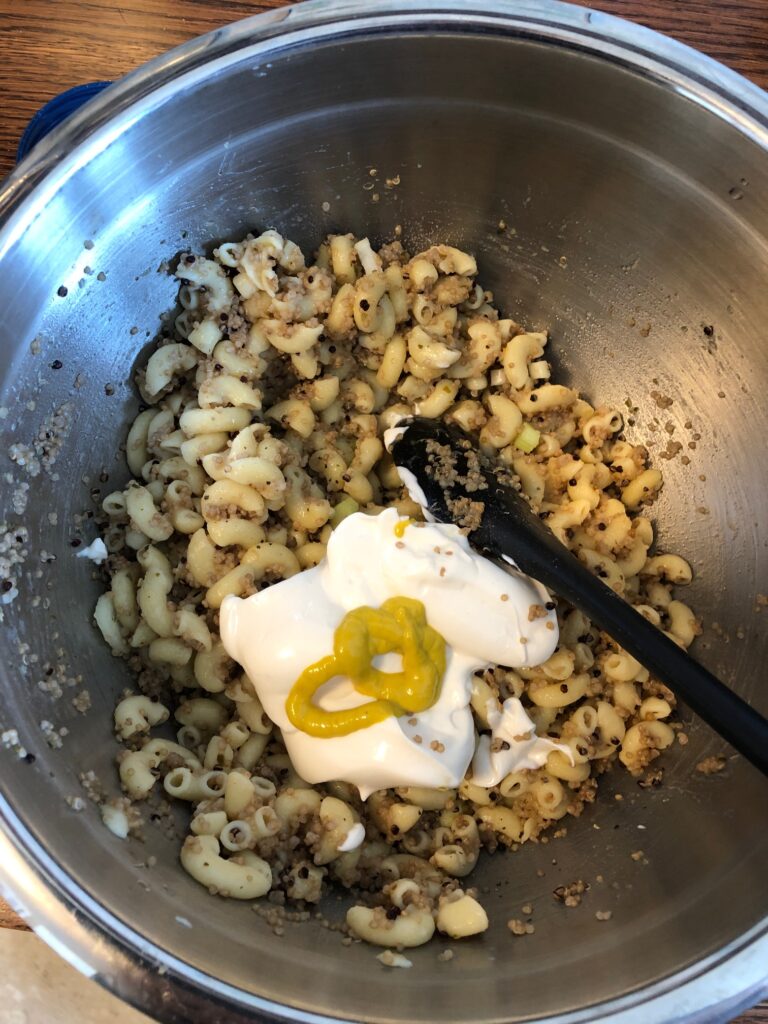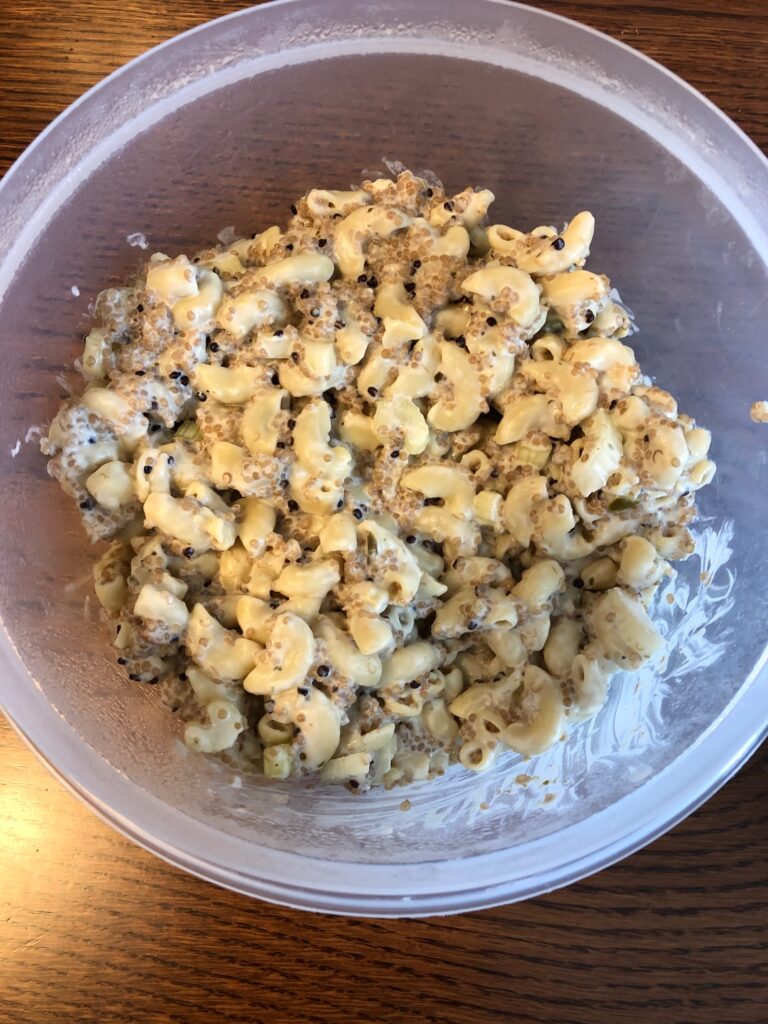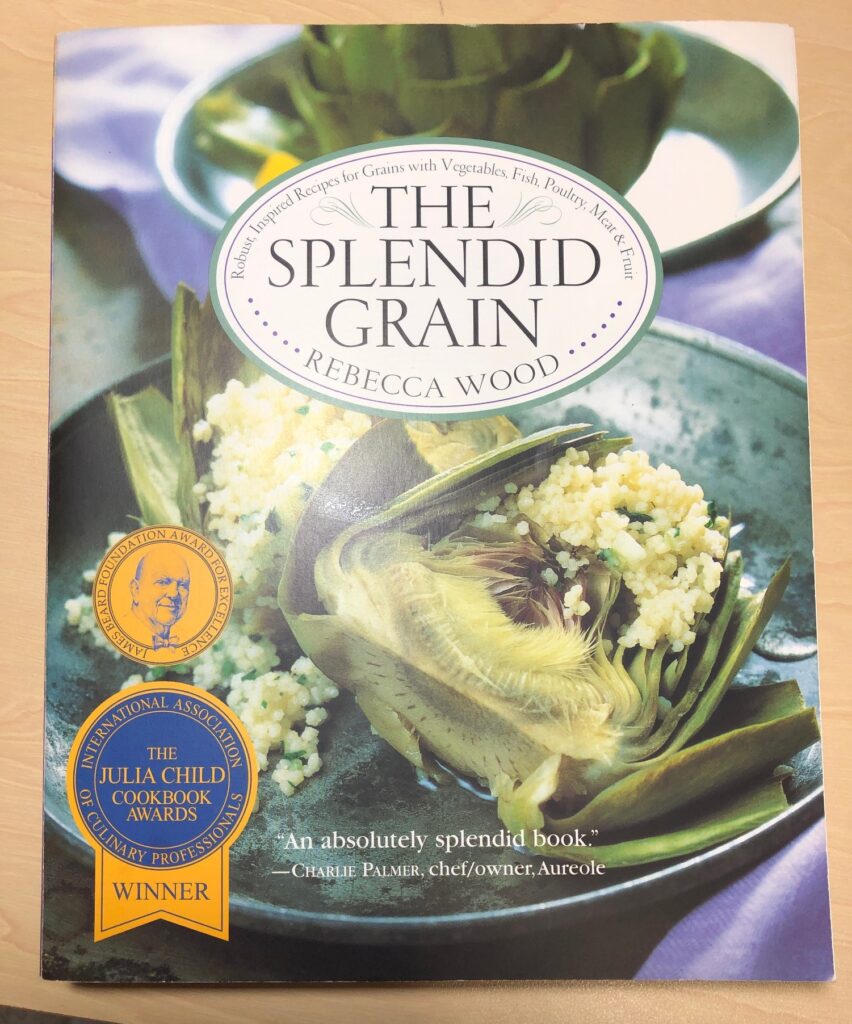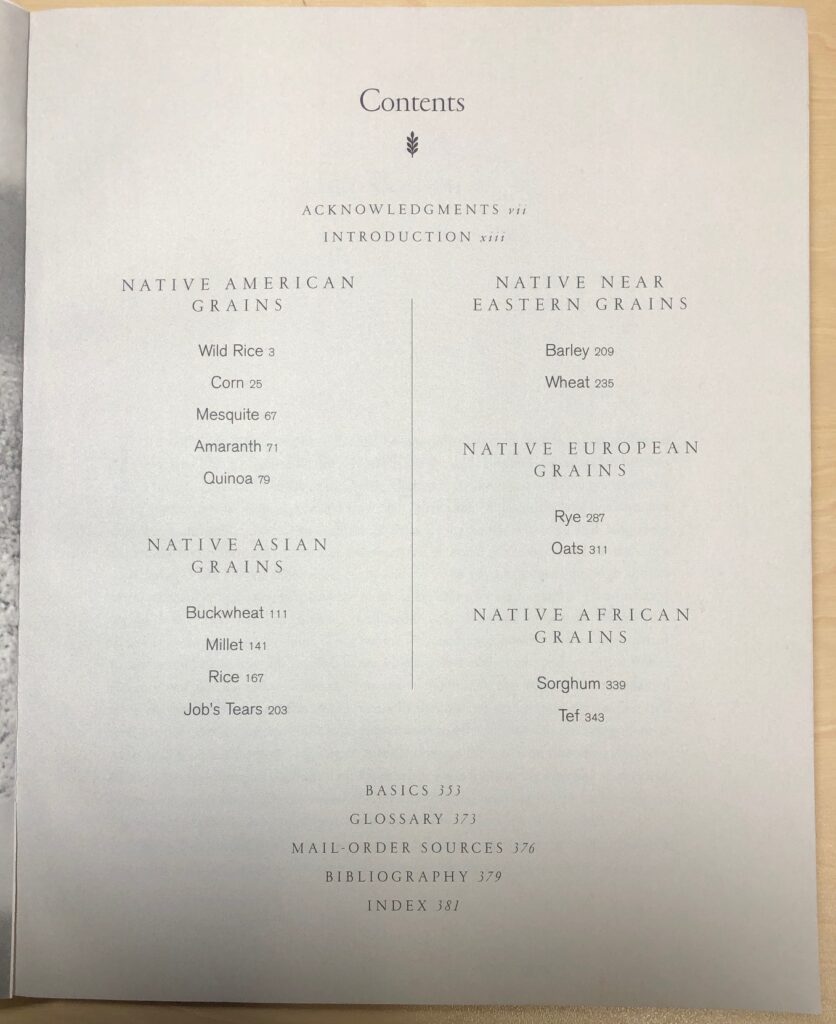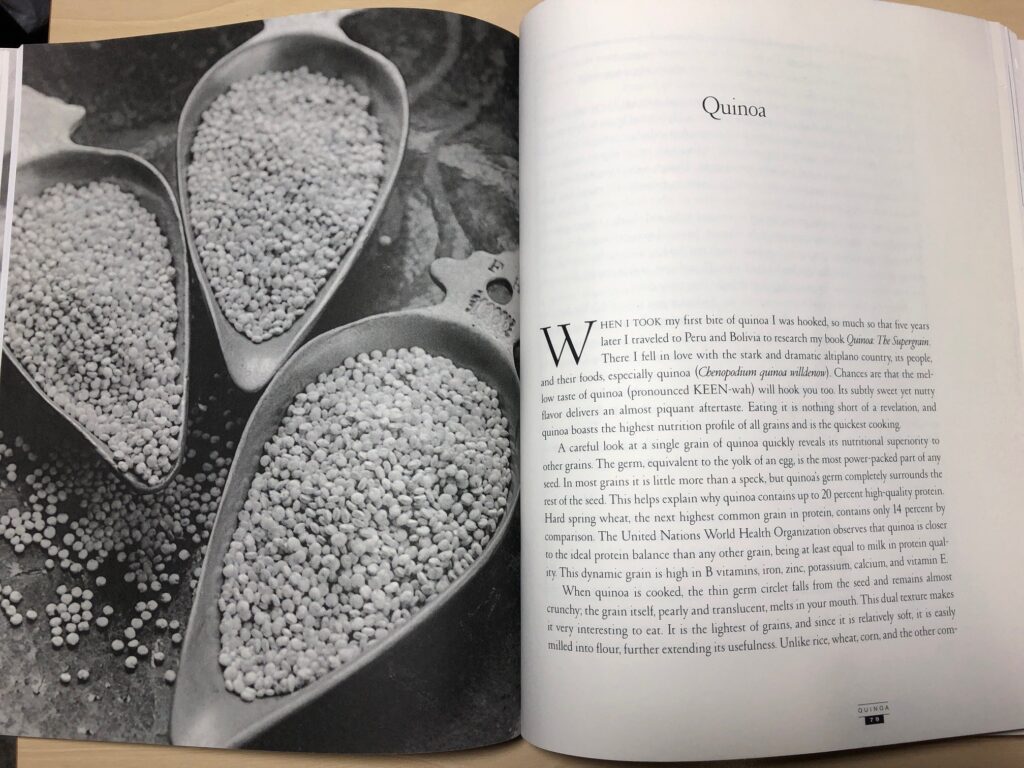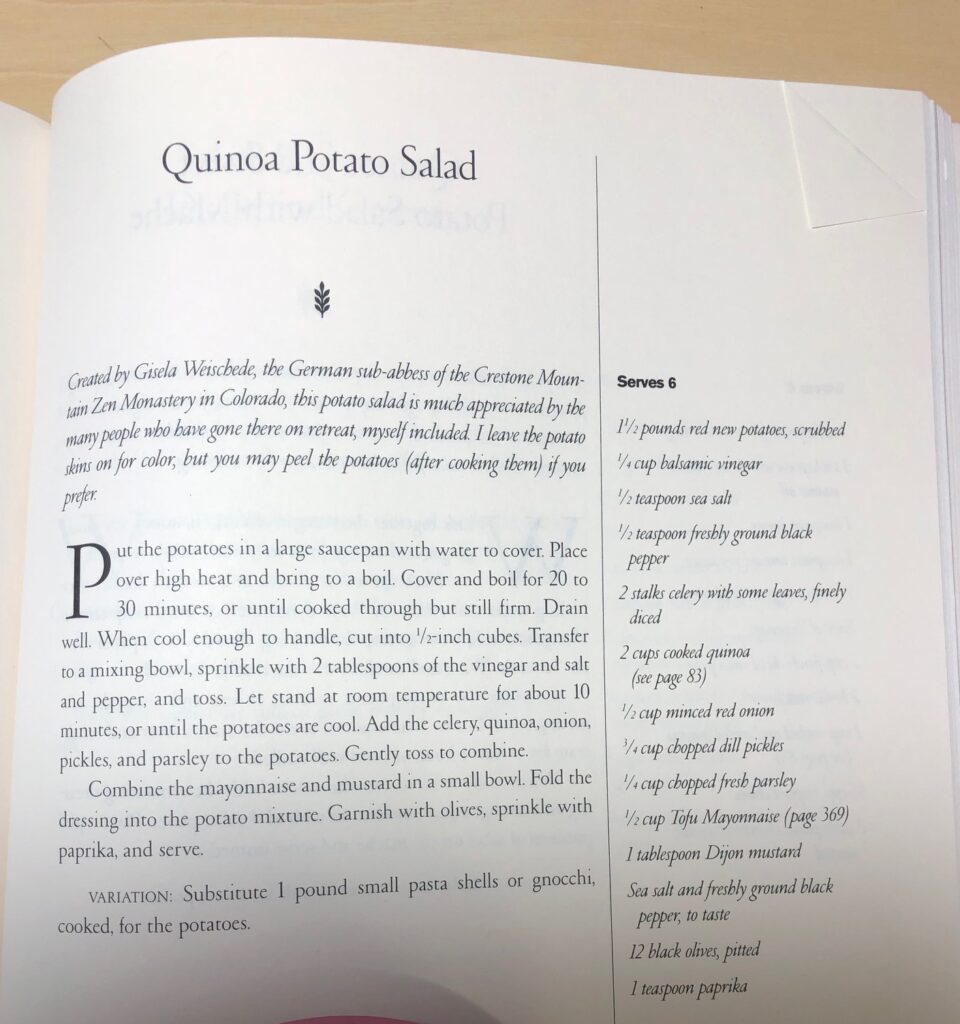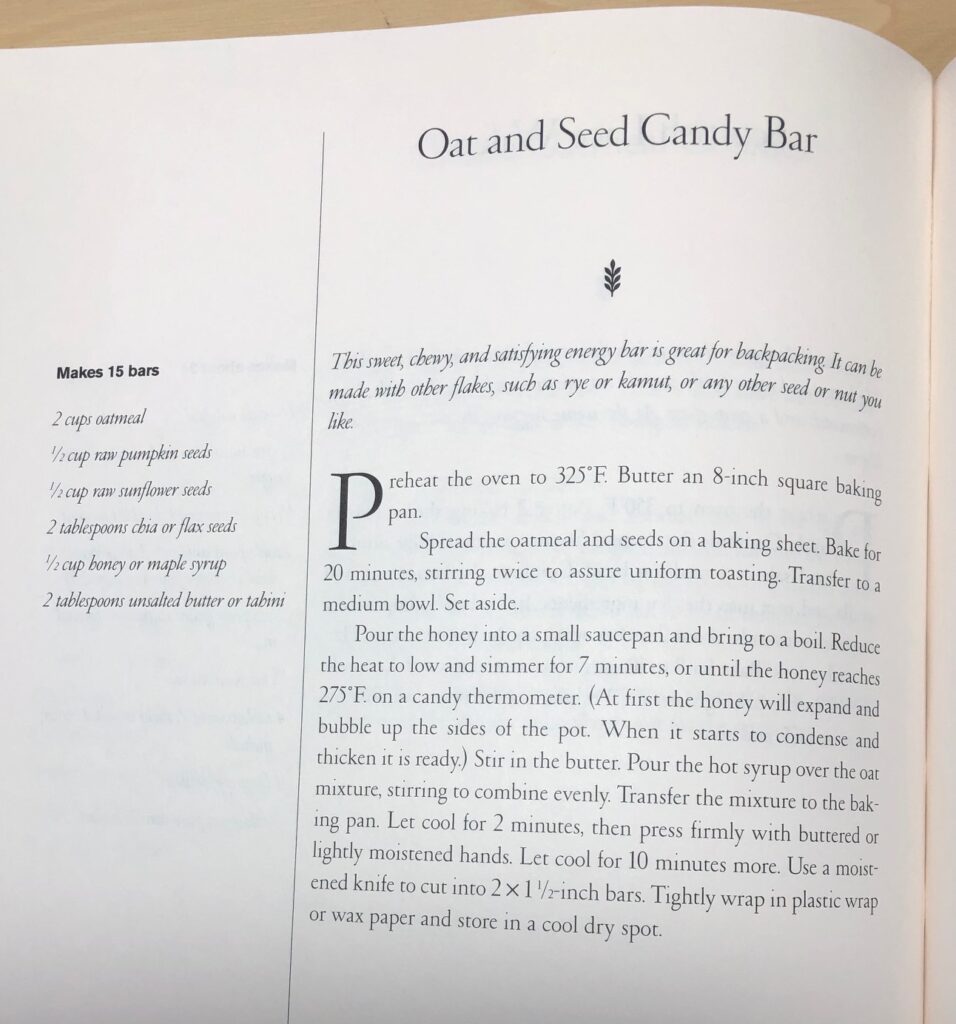With all the body care stuff I’ve made I had never thought about making my own sunscreen. Up until two summers ago I had never needed sunscreen. I can think of only one time in my life where I actually had a sunburn so I just didn’t worry about it. Then two years ago I spent several days with burns on my legs just from wearing shorts…and sitting on a shady porch! I was so surprised! Boy did that hurt! Then last summer I was even more sensitive so I tried an assortment of sunscreen lotions. They all felt sticky when they dried and I wanted to wash them off as soon as I came inside.
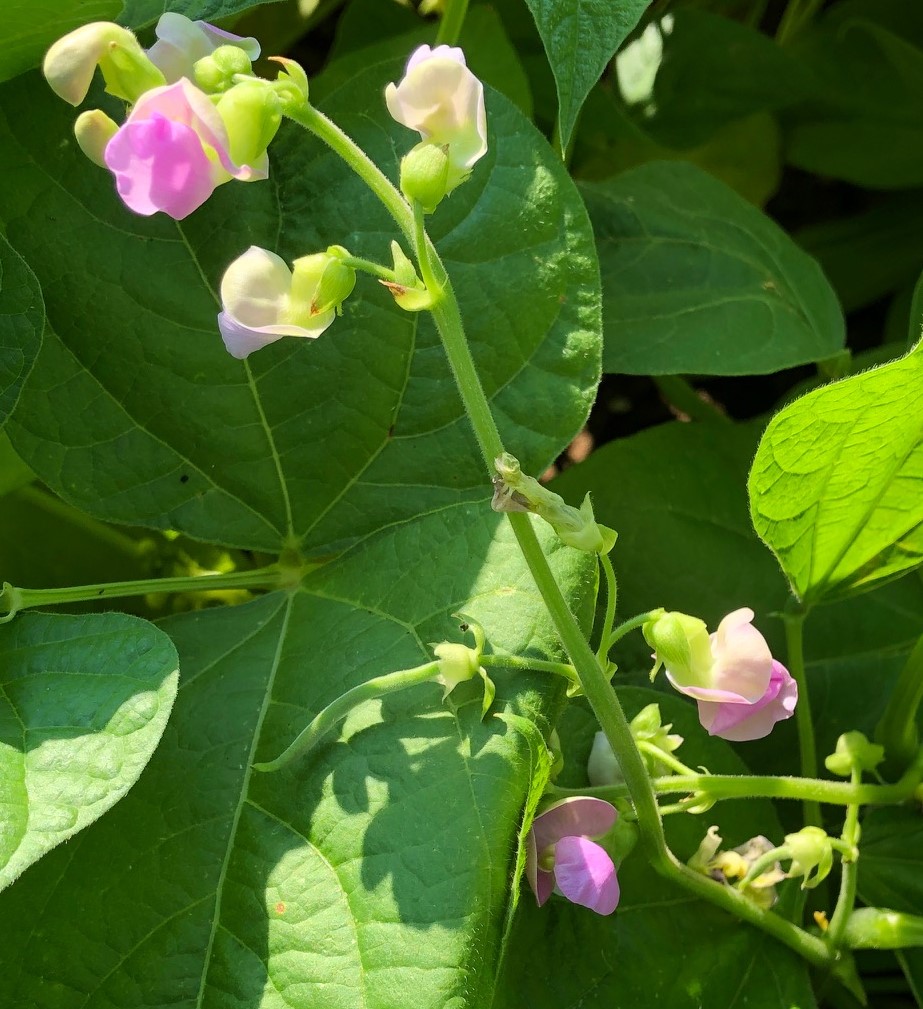
I found it was just easier to not wear shorts and managed to find a few of those “sun shirts” for my arms. That was really ridiculous heading out to the garden all covered up. Needless to say, I didn’t stay outside for long! I really feel like I missed most of the summer weather because I stayed inside.
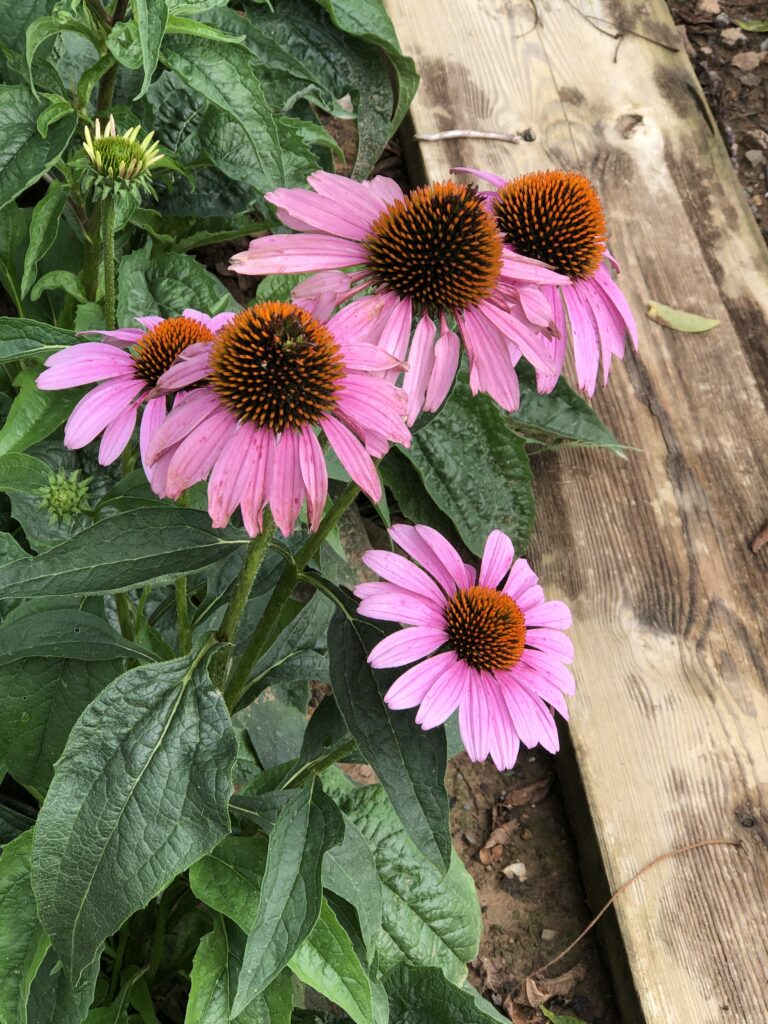
This year, I decided to see if I could come up with a natural sunscreen lotion that I could stand with the fewest chemicals. I use essential oils in everything else…why not sunscreen?
I started with research. I had questions about whether certain essential oils have natural sun protection. I wondered if zinc oxide had to be used in a product to be protective. What’s the difference between nano- and non-nano zinc oxide? What other chemicals are in sunscreens that could be bothering me?
Other people online have done extensive research into all the necessary and unnecessary chemicals found in commercial sunscreens. Here is one article that I’d like to refer you to that explores many of my questions:
https://modernhippiehw.com/homemade-moisturizing-sunblock-with-zinc-oxide/
Many homemade sunscreens start with a mixture of shea butter, oil, essential oils and non-nano zinc oxide powder. It appears that several essential oils are naturally high in SPF, including raspberry seed oil (SPF 28-50) and carrot seed oil (SPF 38-40). Several carrier oils, including coconut oil, olive oil and avocado oil have an SPF range from 4-1 5. Adding zinc oxide can boost the SPF to 20 or higher depending on how much you use.
About Zinc Oxide Nano-Particles
There has been some concern that nano-particles (very tiny ones) could be absorbed into the skin, although there is little research proving that is a problem. However, just case a non-nano zinc oxide is offered for sale too…meaning the particle size is larger and would not be absorbed by the skin…important for use on children. Since I’m trying to stay as simple as possible, I decided to go with the non-nano zinc oxide. If it leaves a white coating, I may have to get the other kind so it soaks in better.
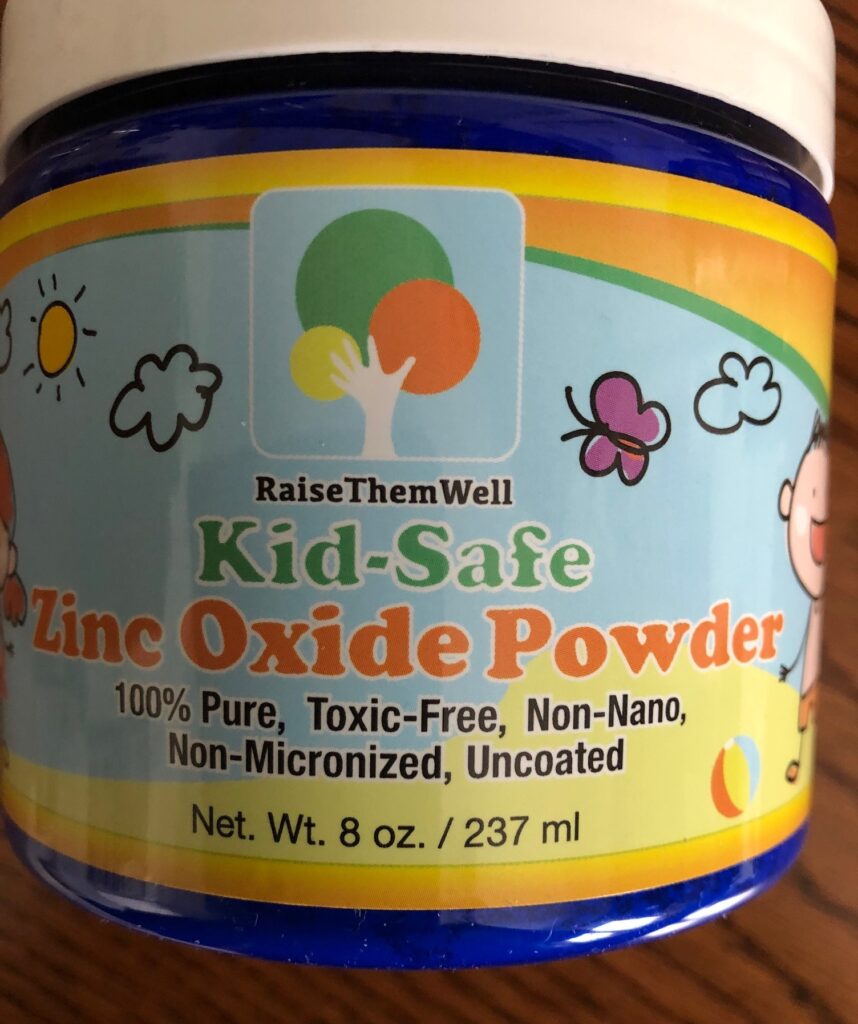
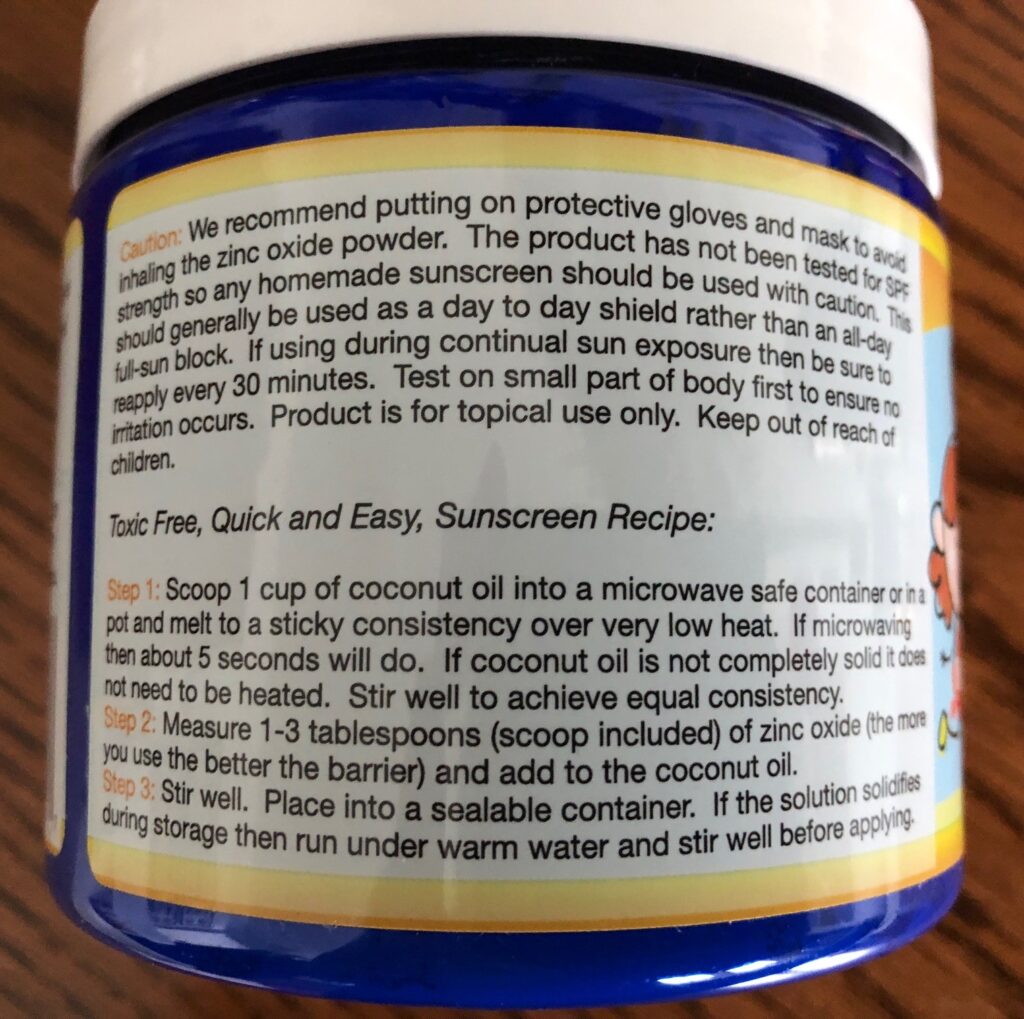
I’d like to share two recipes for sunscreen that I have made. First is a sunscreen spray that stays a liquid. It includes fractionated coconut oil, which means the fats have been reduced so it stays a liquid; essential oils; and non-nano zinc oxide. It’s pretty to quick mix up but the zinc oxide tends to separate out and settle on the bottom of the spray bottle. Giving it a good shake before spraying is necessary. I will have to research how to keep the particles in suspension for the next batch.
(Recipe #1) Sunscreen Spray
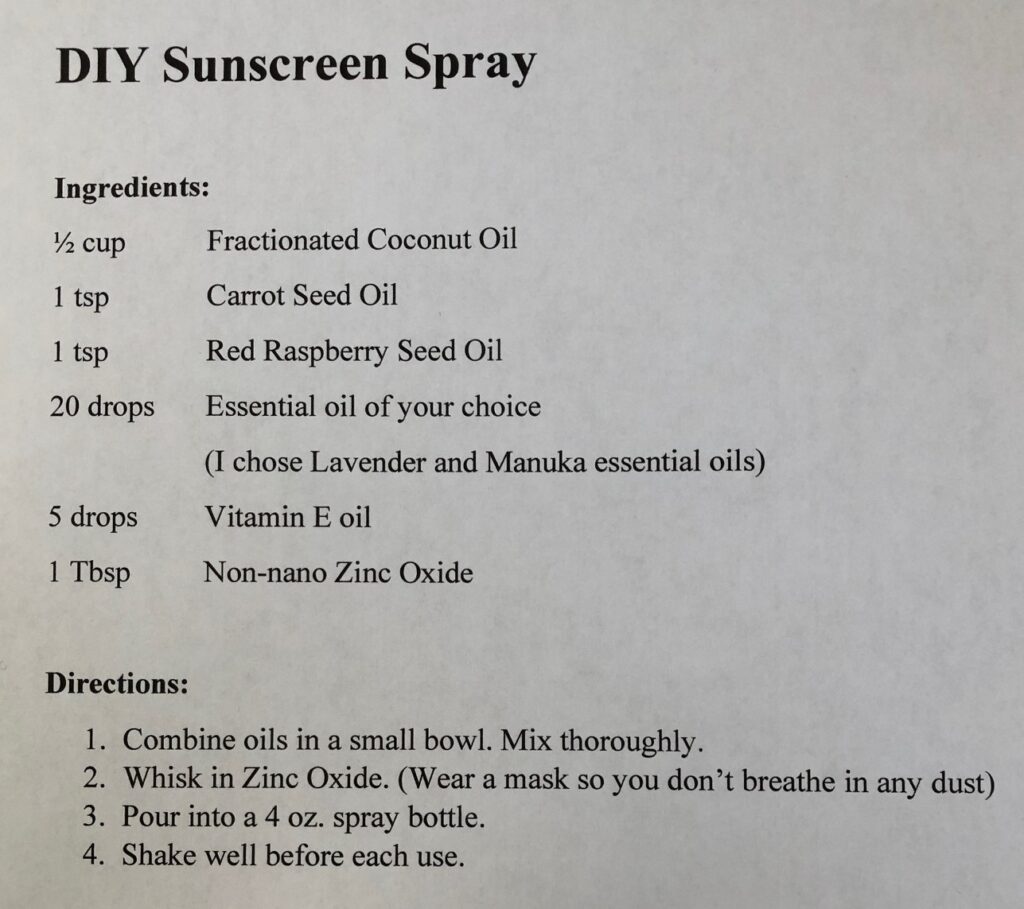
Ingredients:
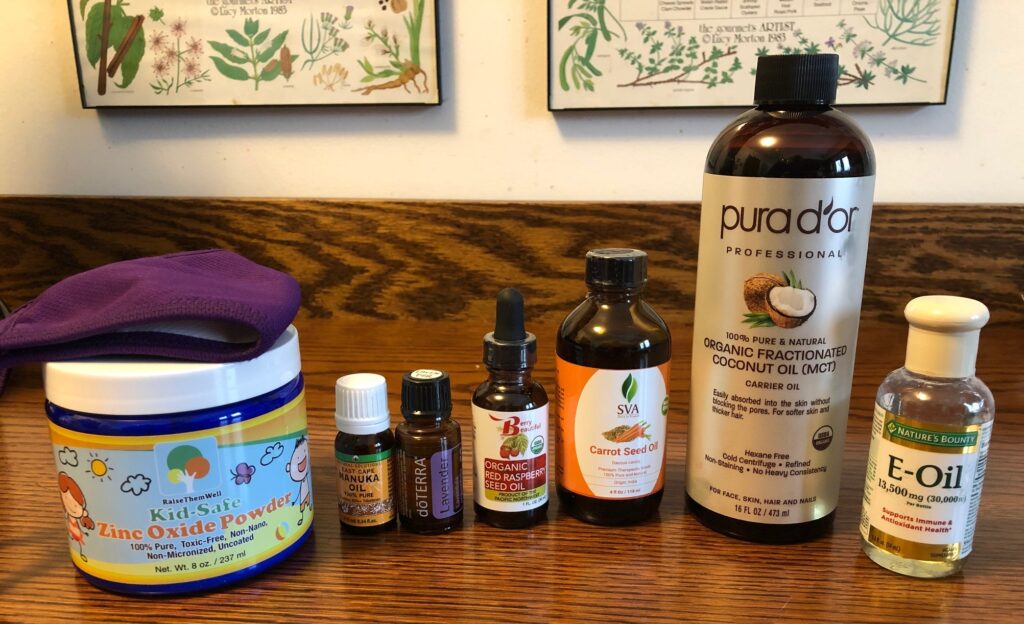
Directions:
Step 1: Combine the oils in a small bowl. Mix thoroughly.
Step 2: Whisk in Zinc Oxide powder. (Wear a mask so you don’t breathe in any dust)

Step 3: Pour into a 4 oz. spray bottle.
Step 4: Shake well before each use.
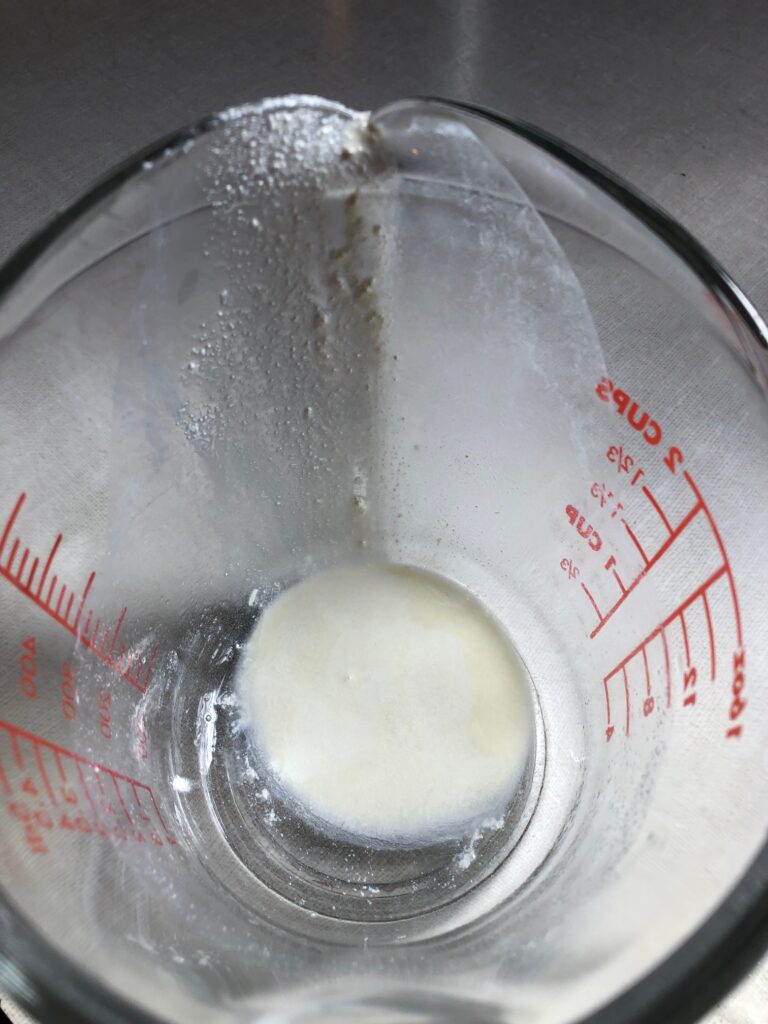
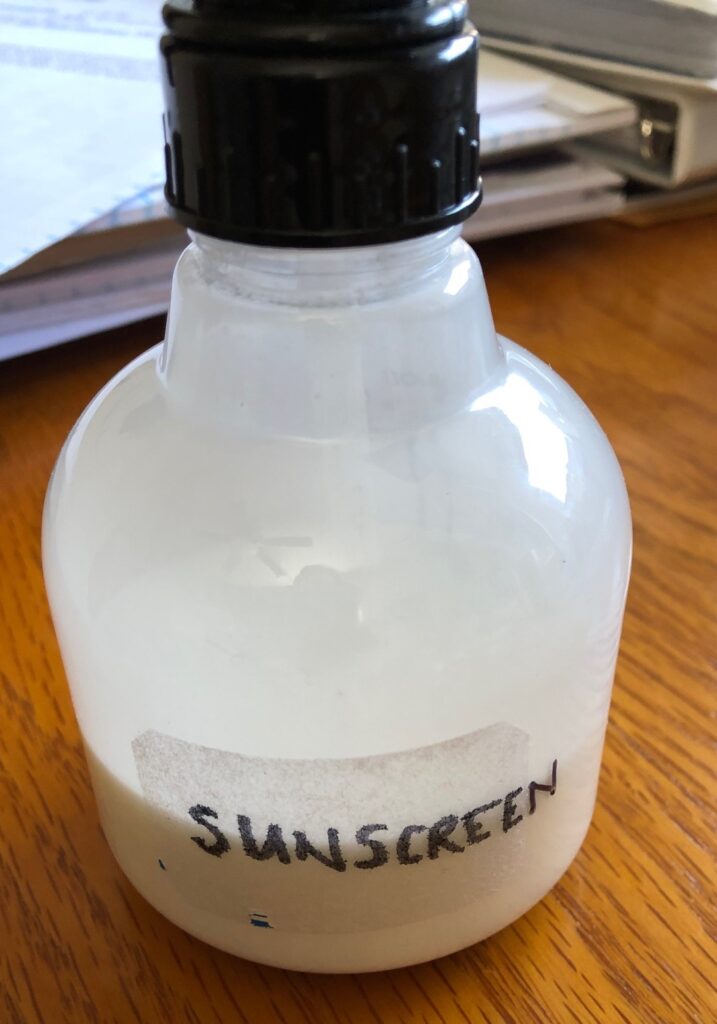
(Recipe #2) Sunscreen
This recipe is a firmer lotion and can be made more waterproof with the addition of a little beeswax. I did not add it for my first try. I will also choose some essential oils for a better fragrance…this did smell just like shea butter!
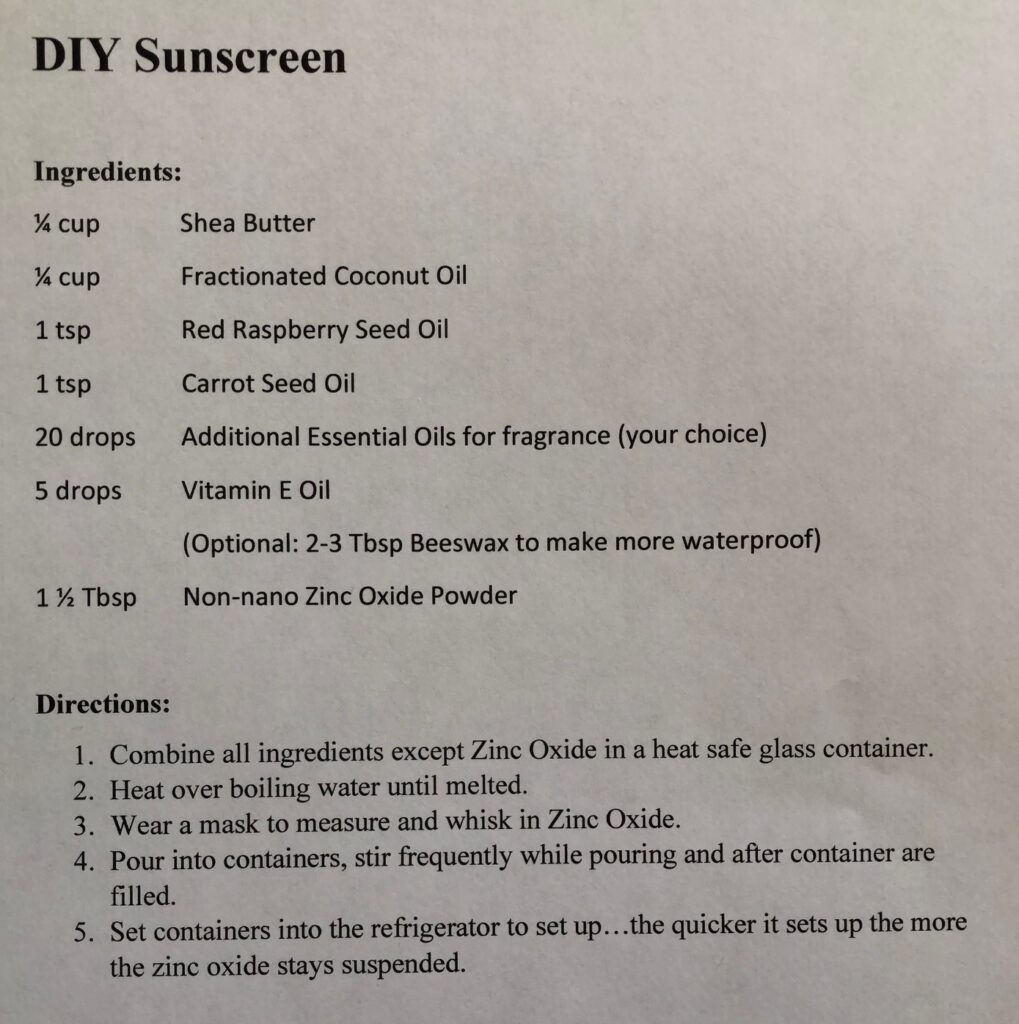
Ingredients:
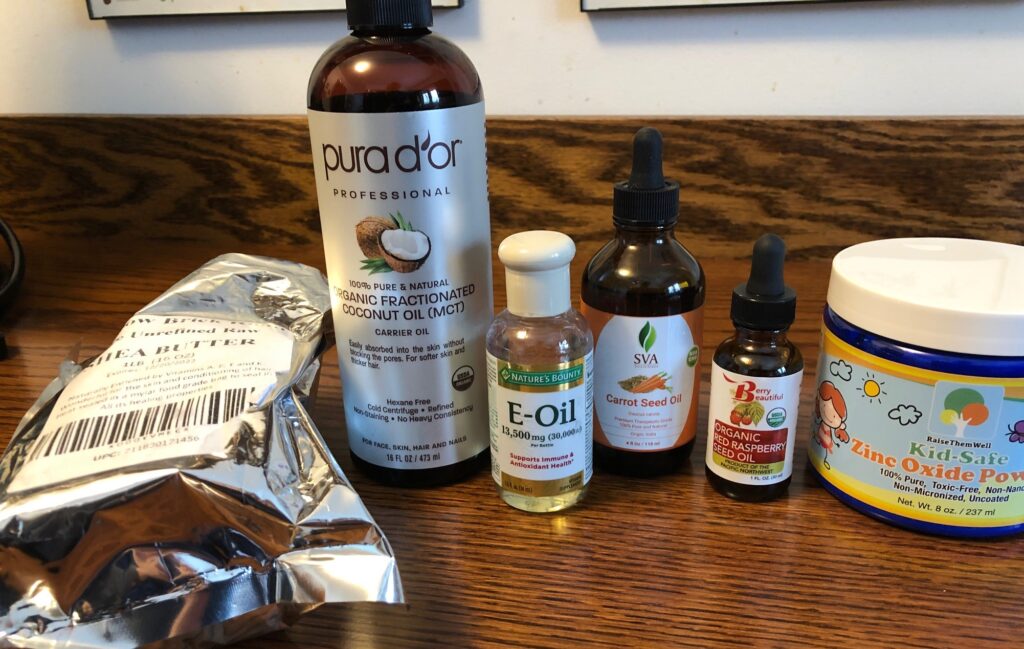
Directions:
Step 1: Combine all ingredients except zinc oxide in a heat-safe glass container. Adding the optional beeswax will make it more waterproof.
Step 2: Heat over boiling water until melted.
Step 3: Wear a mask to measure and whisk in zinc oxide.
Step 4: Pour into containers, stir frequently while pouring and again after containers are filled.
Step 5: Set containers into the refrigerator to set up…the quicker it sets up the more the zinc oxide stays suspended.
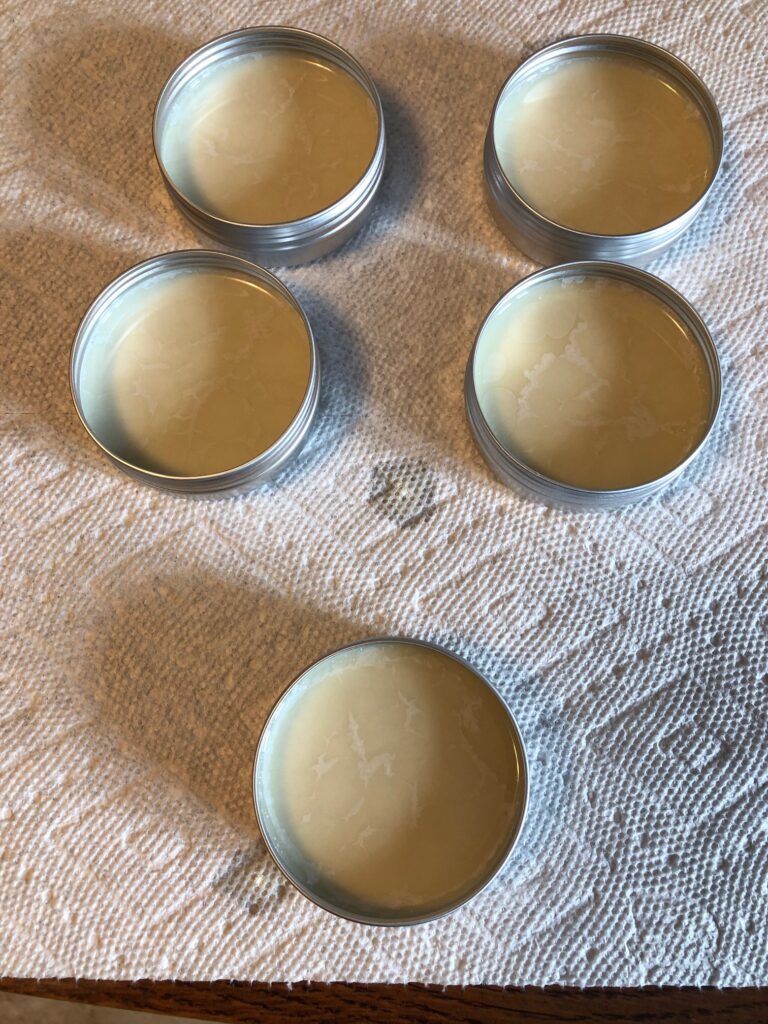
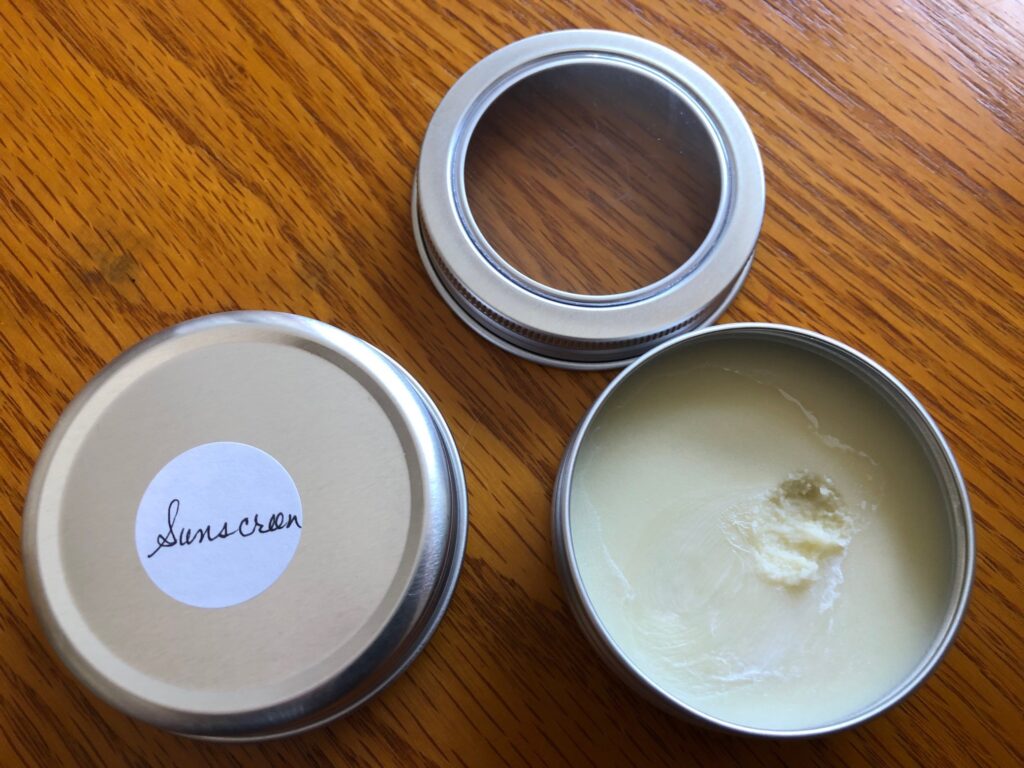
This sunscreen went on very smoothly. Hopefully by summer I’ll have a solution to my sun sensitivity with a less irritating sunscreen! We’ll see! Enjoy!
Please comment or email me directly at marykisner@comcast.net.

